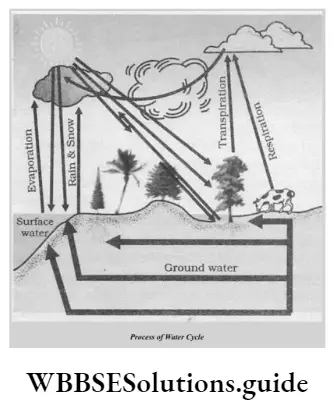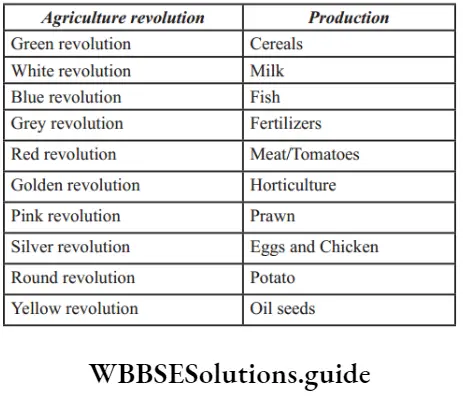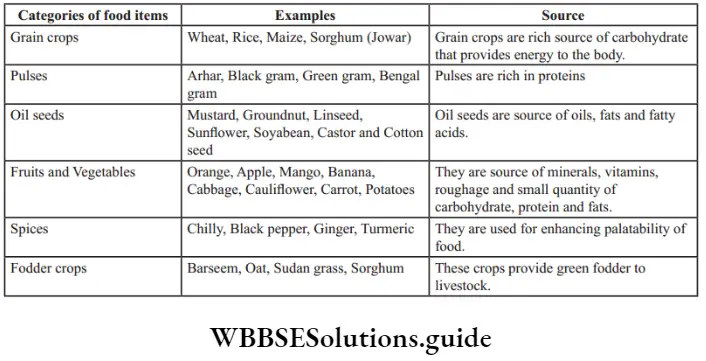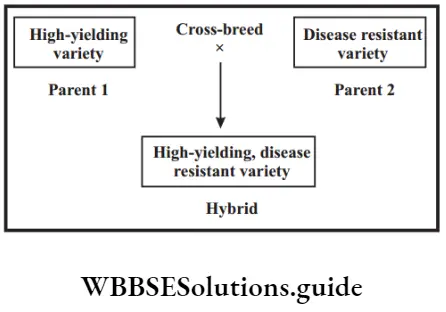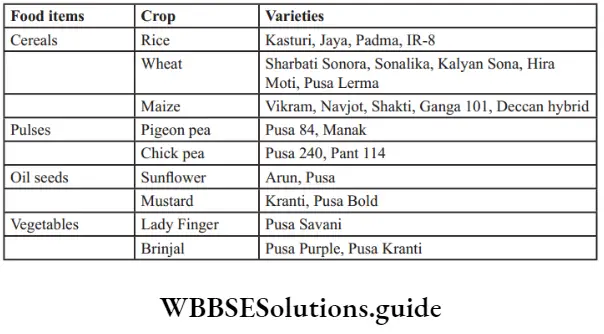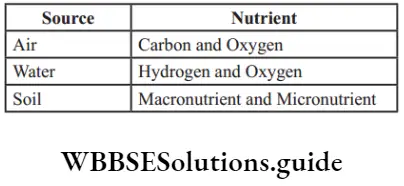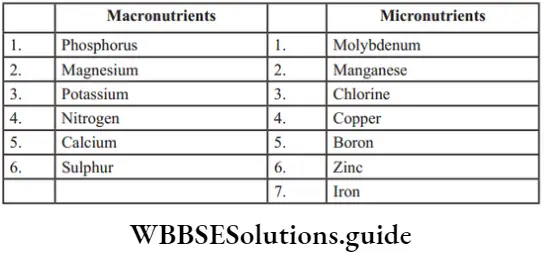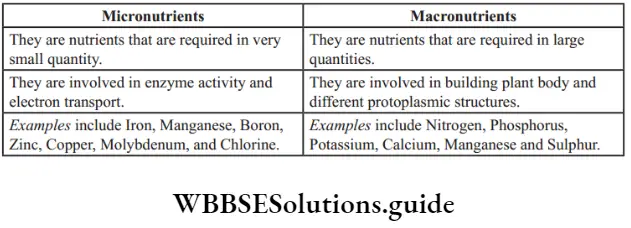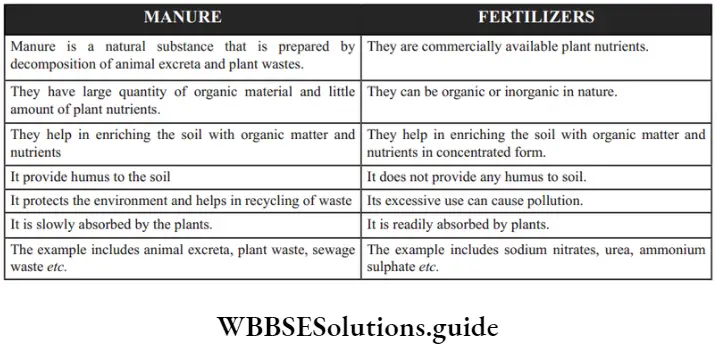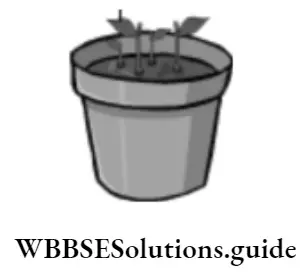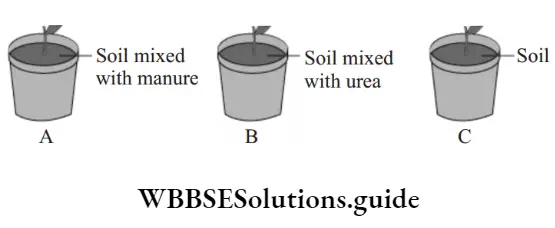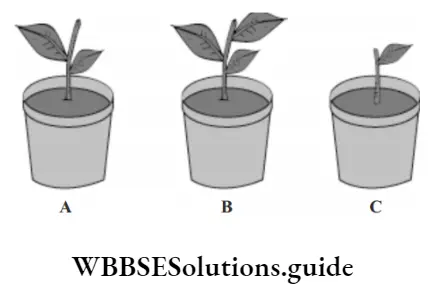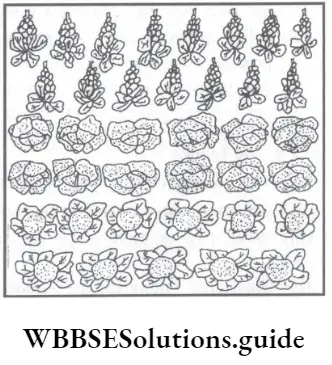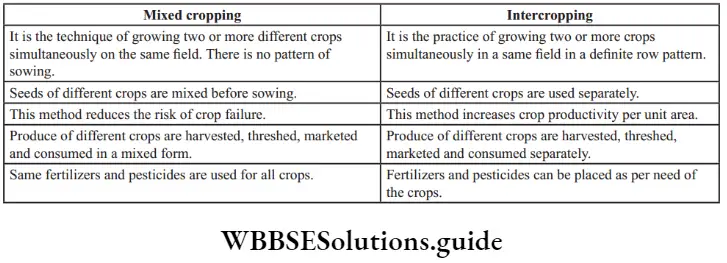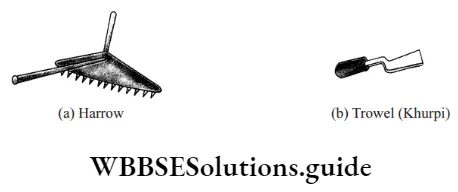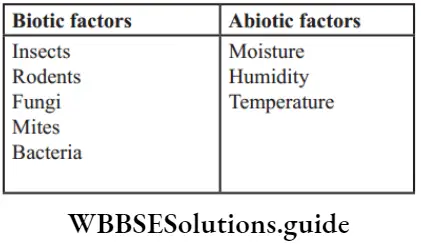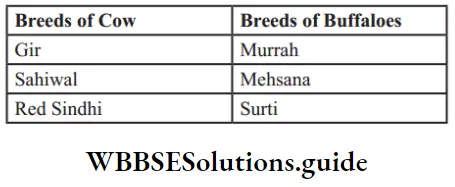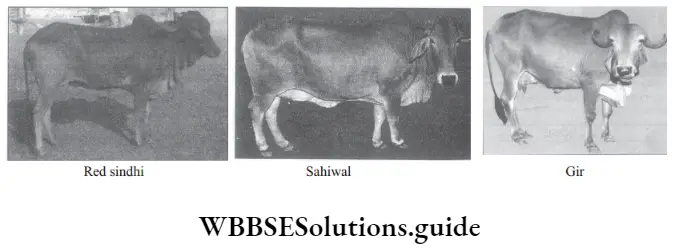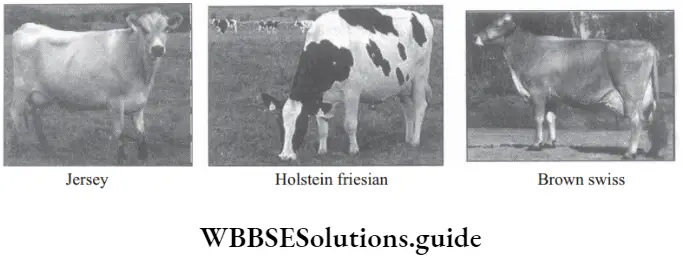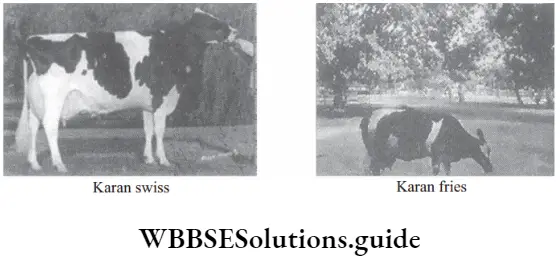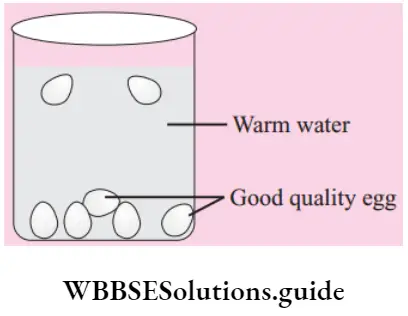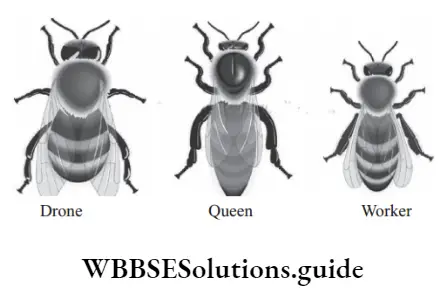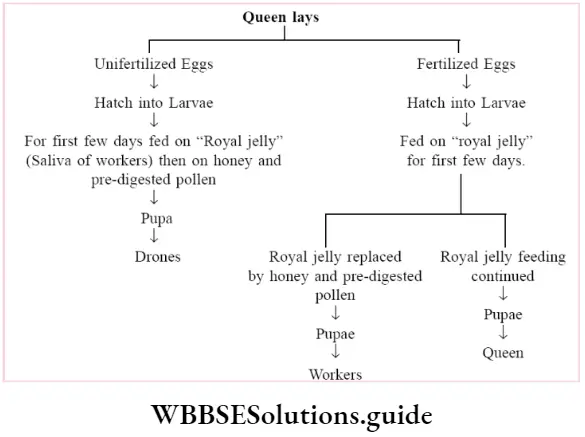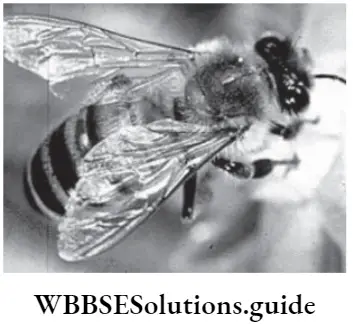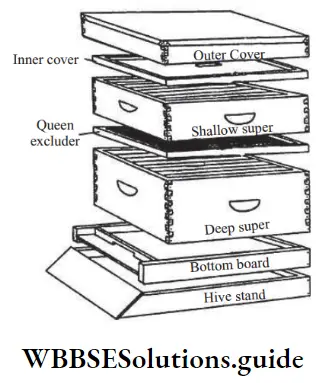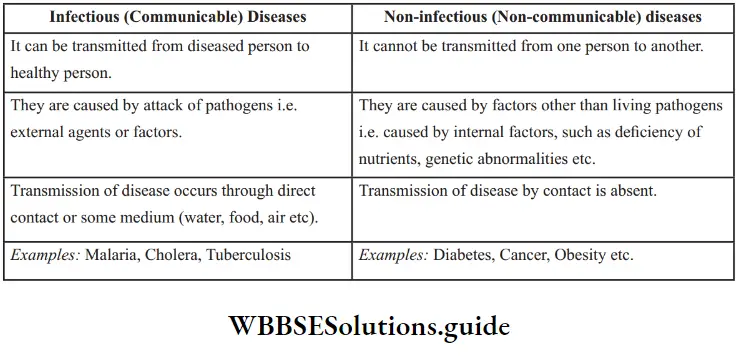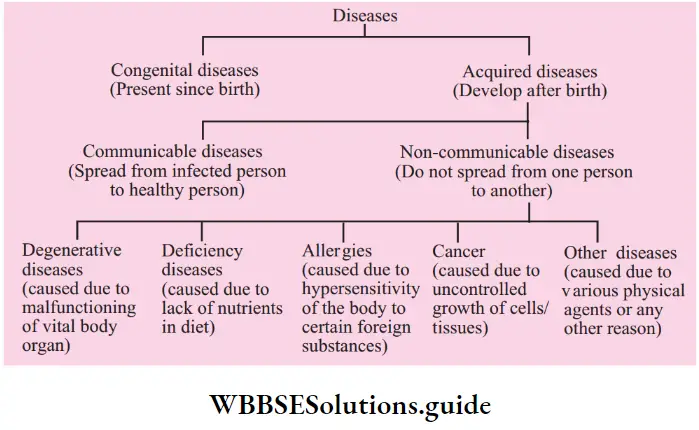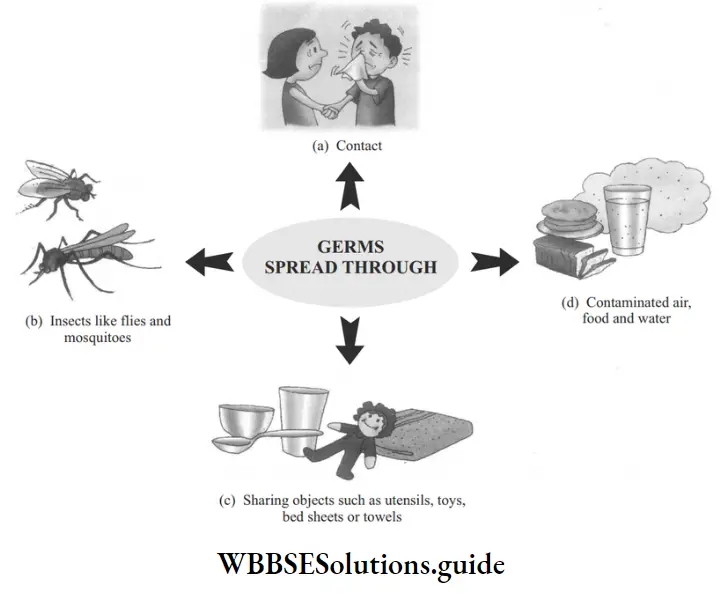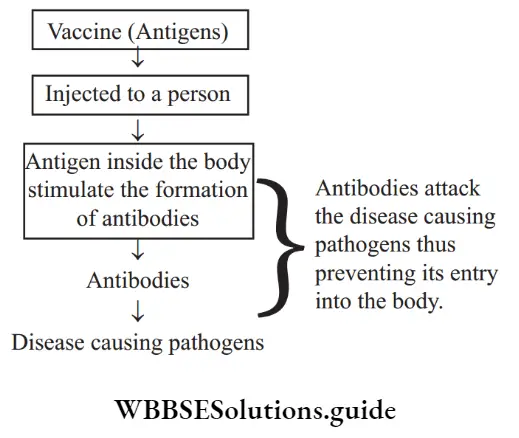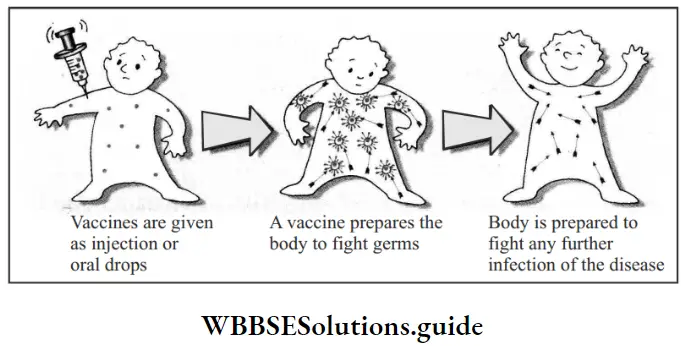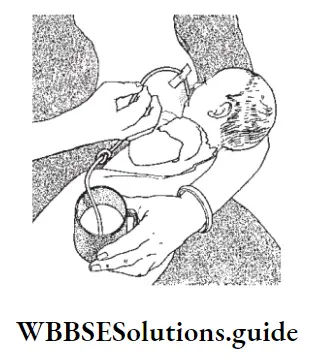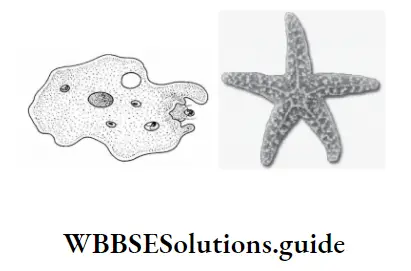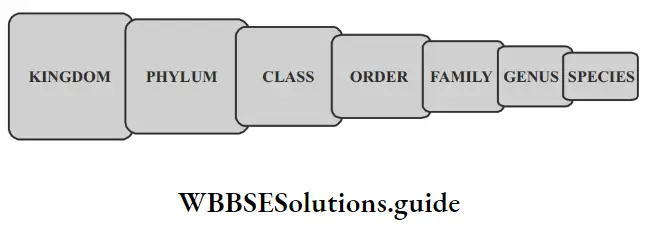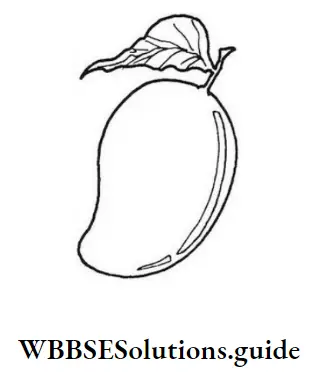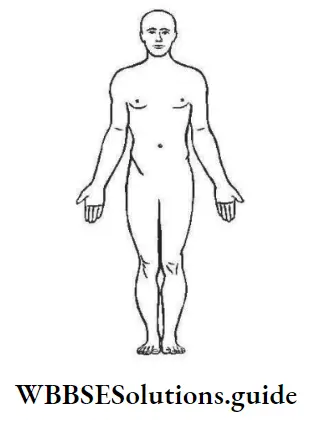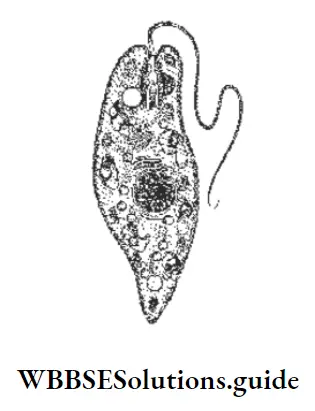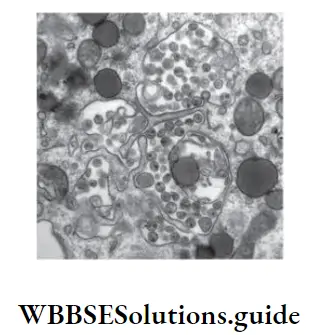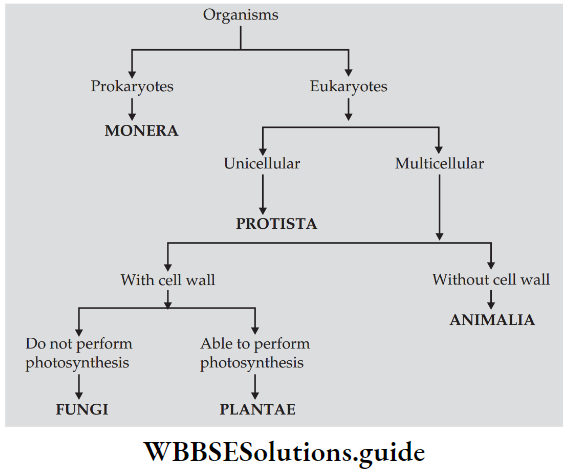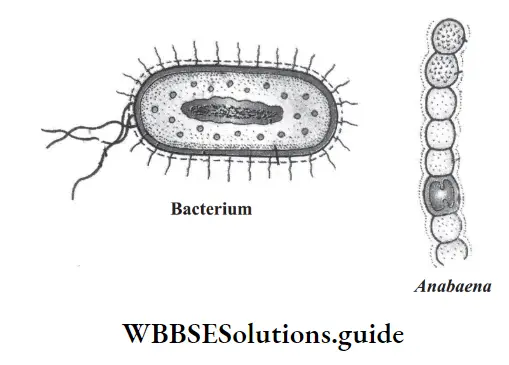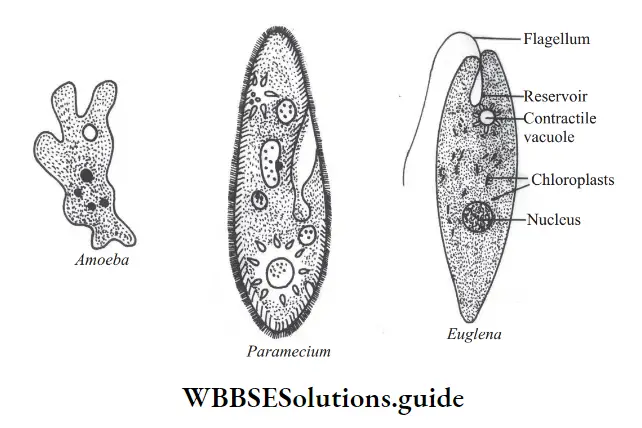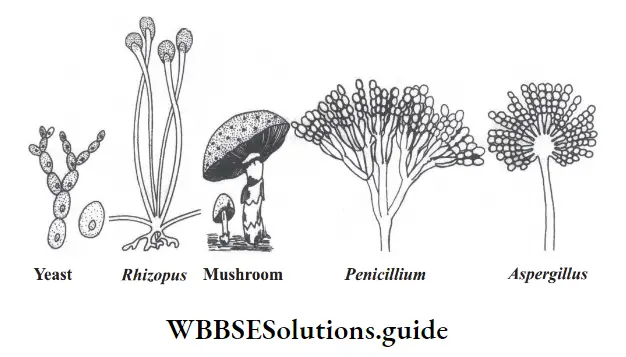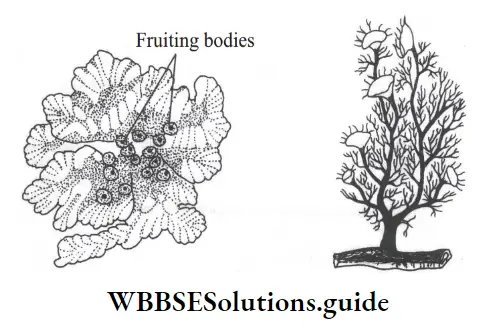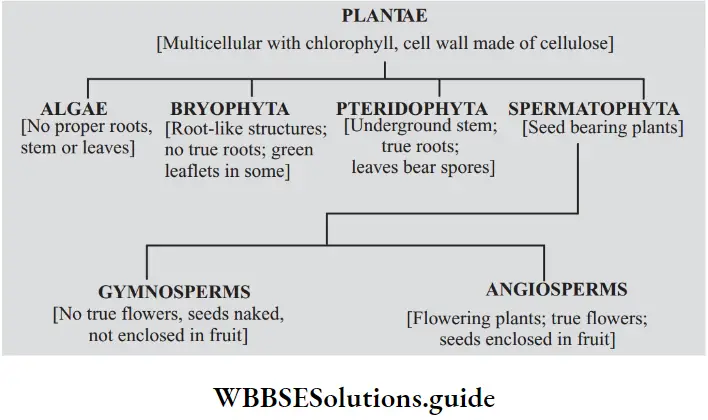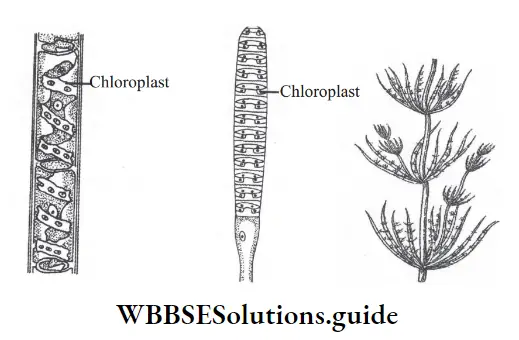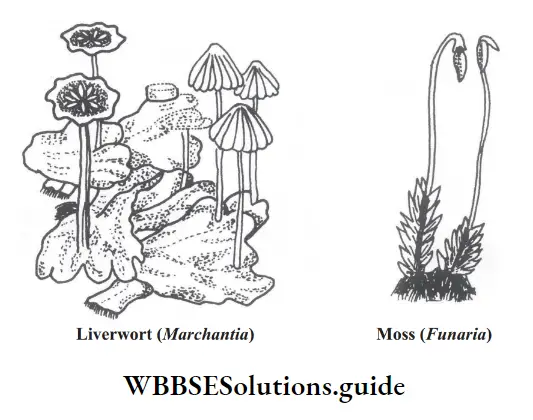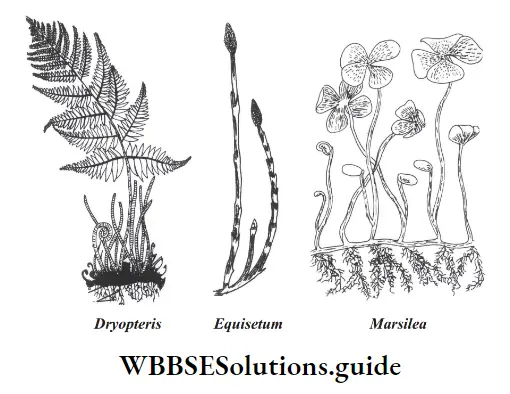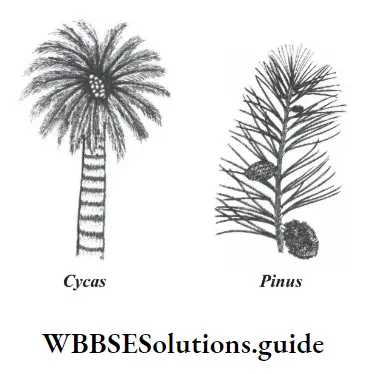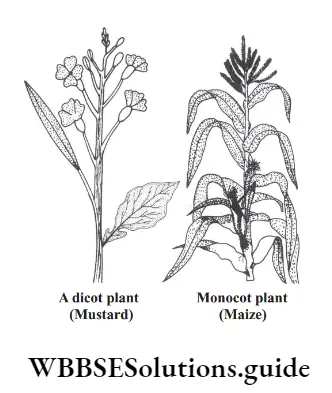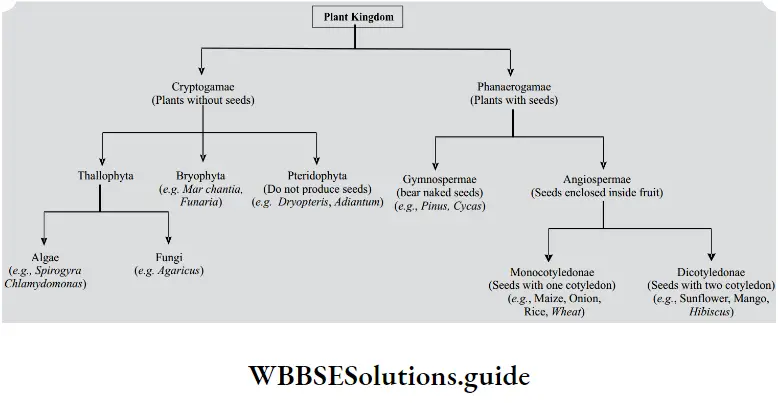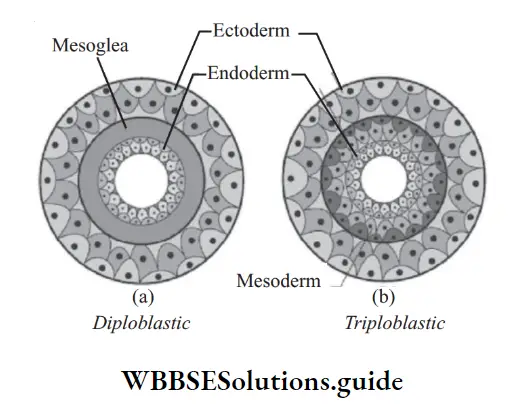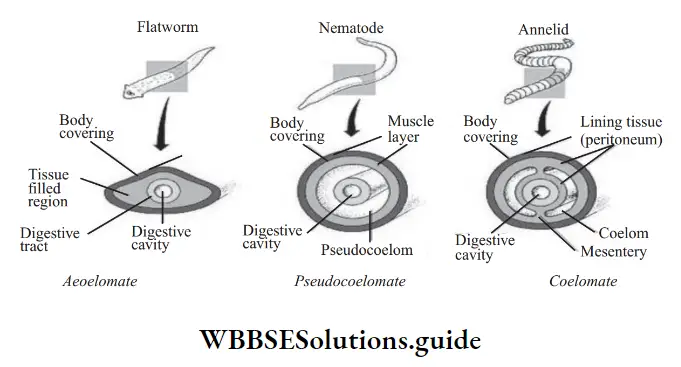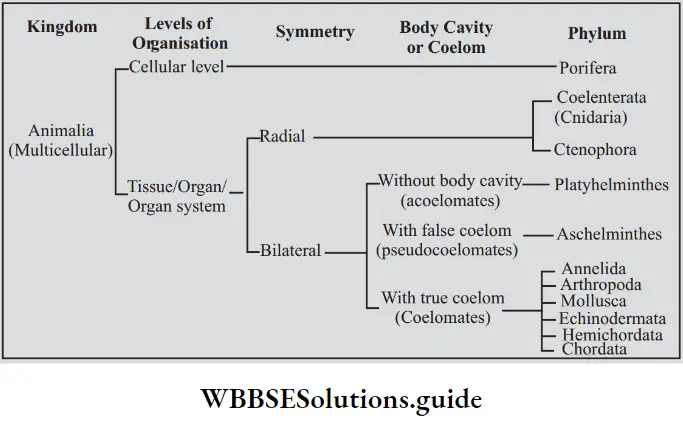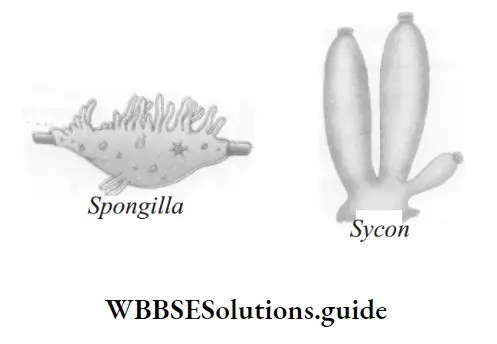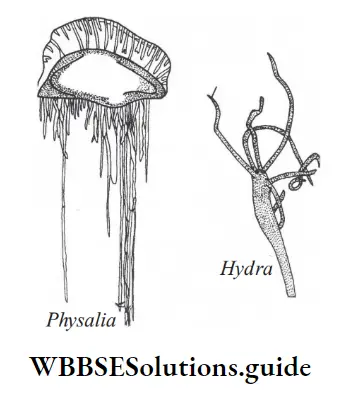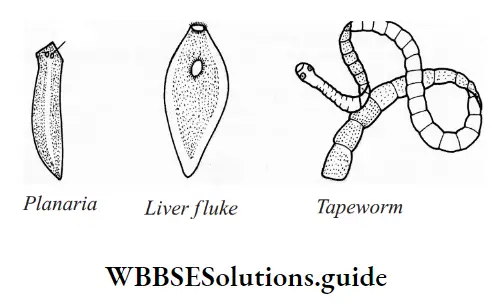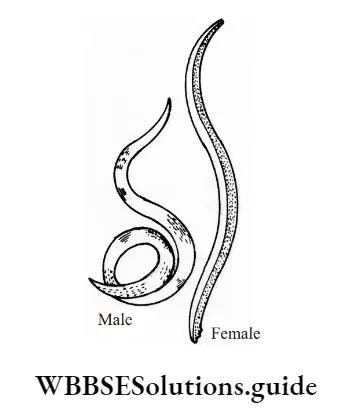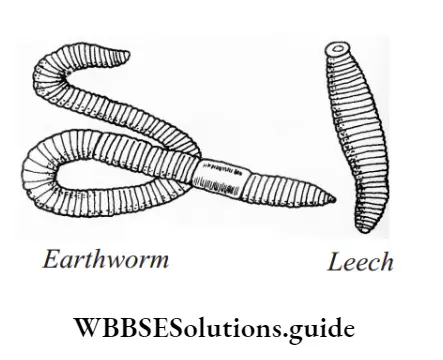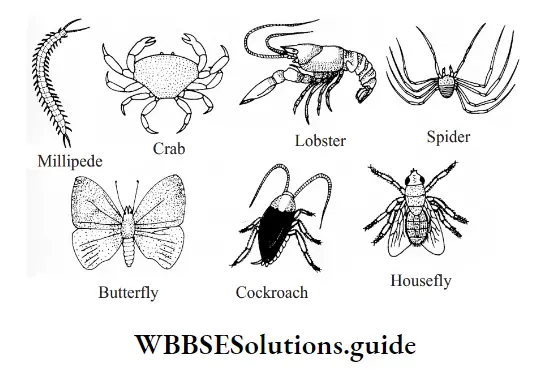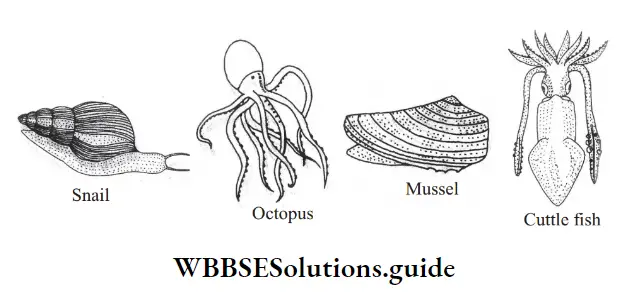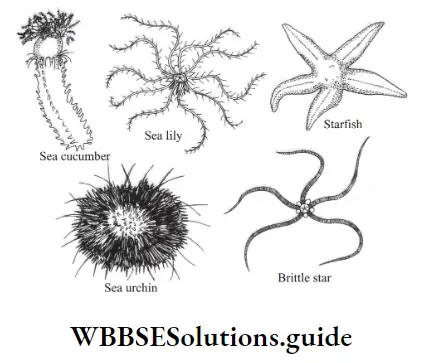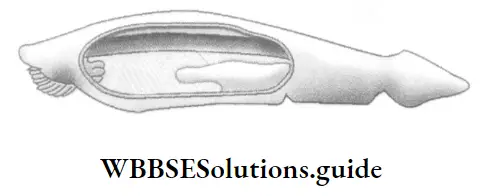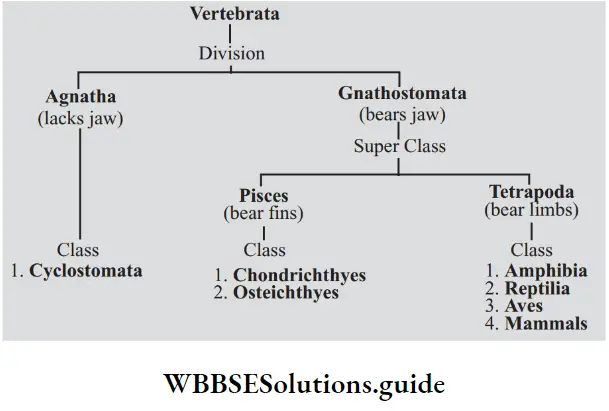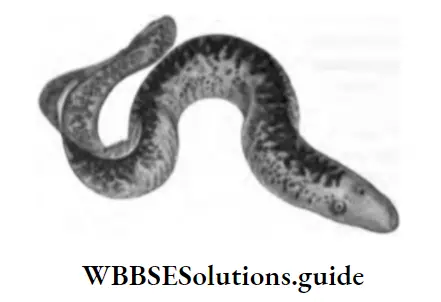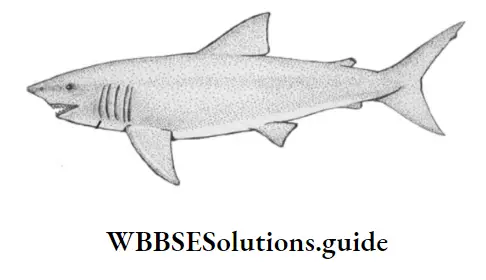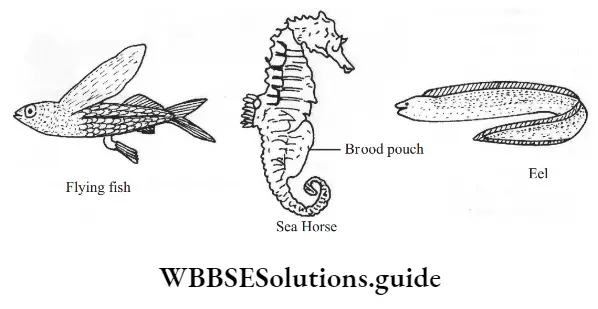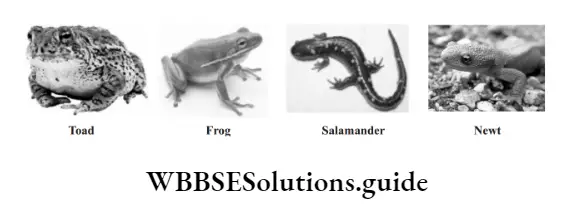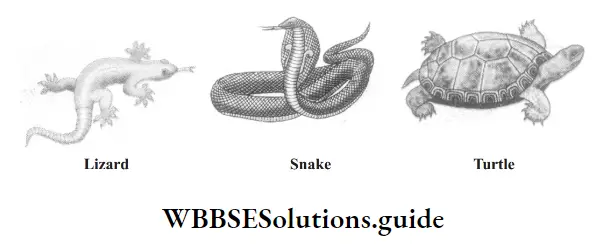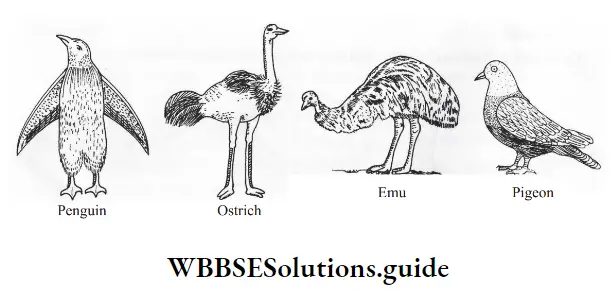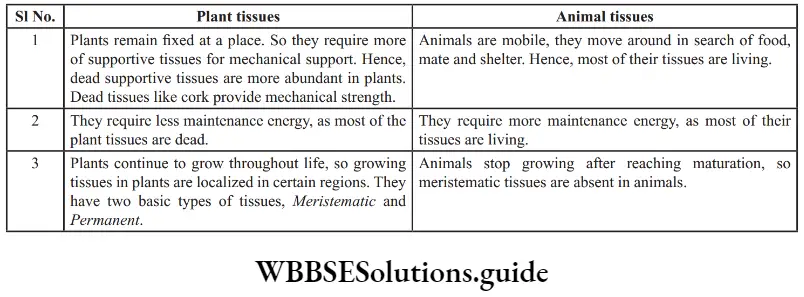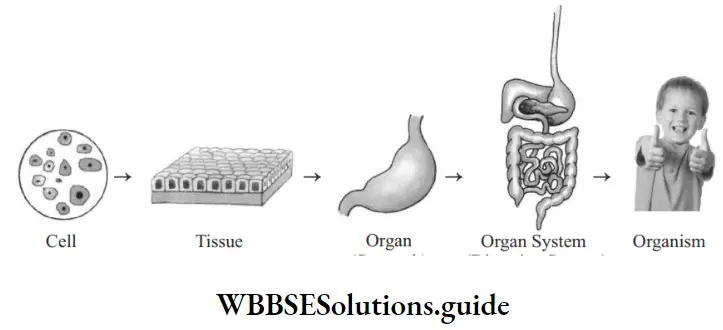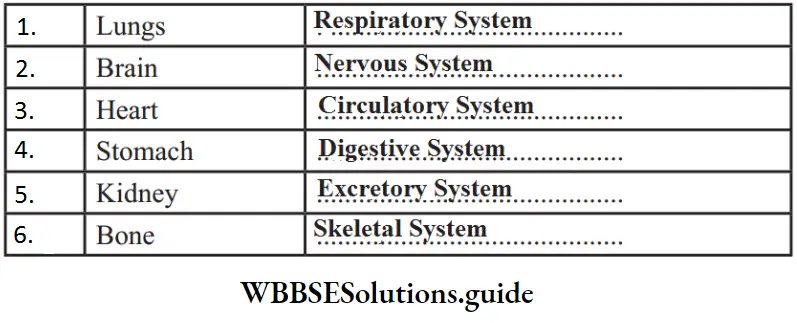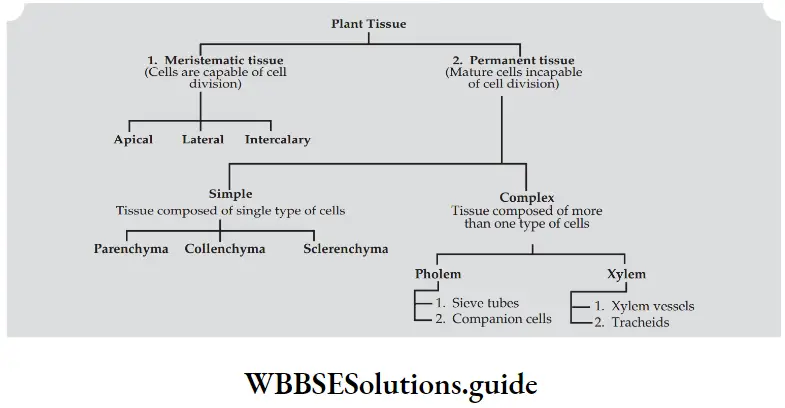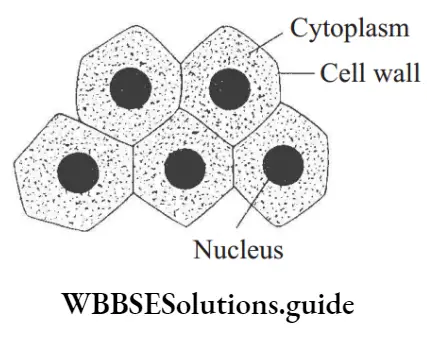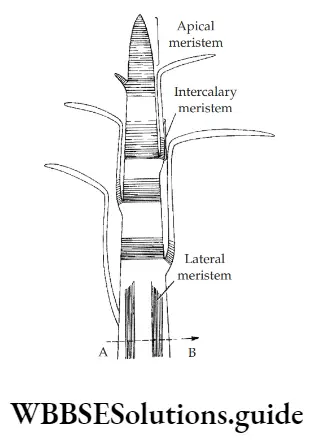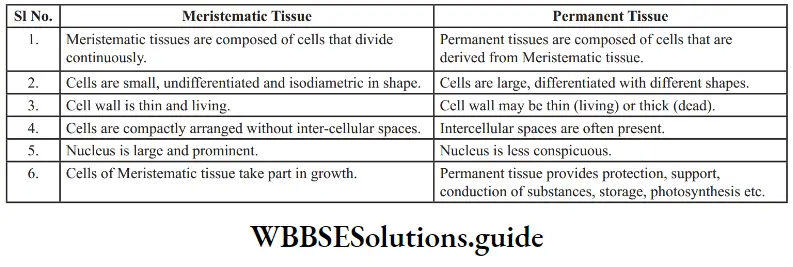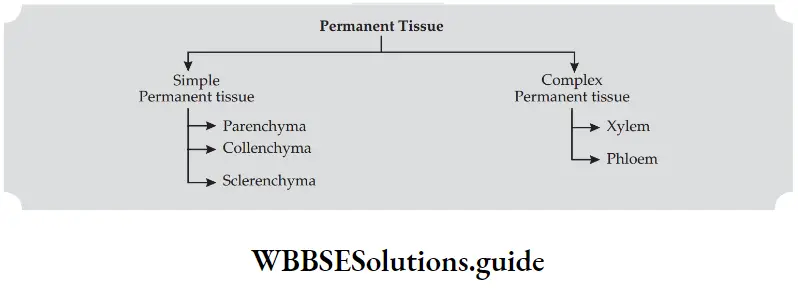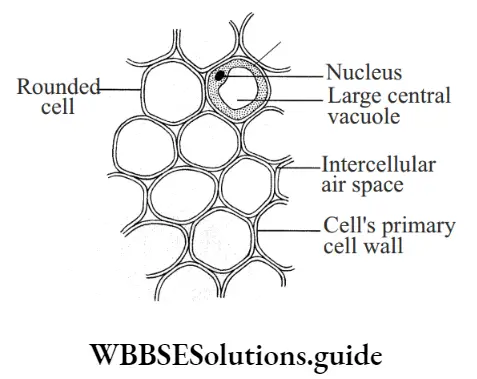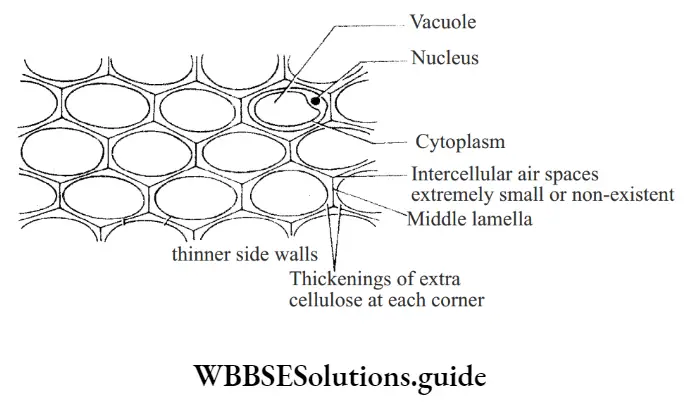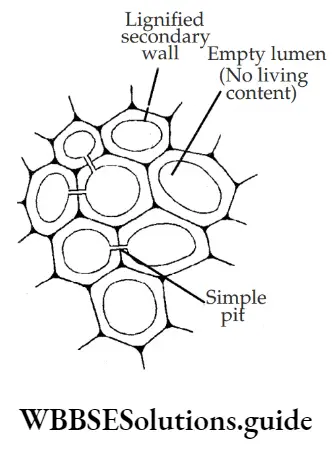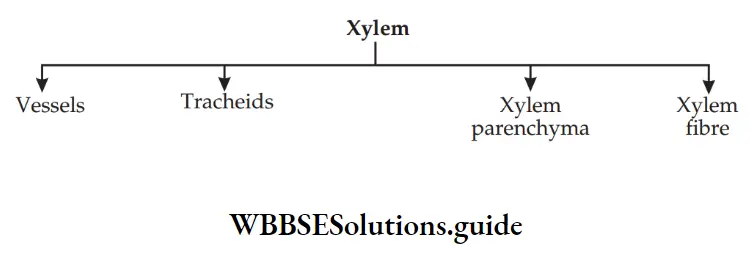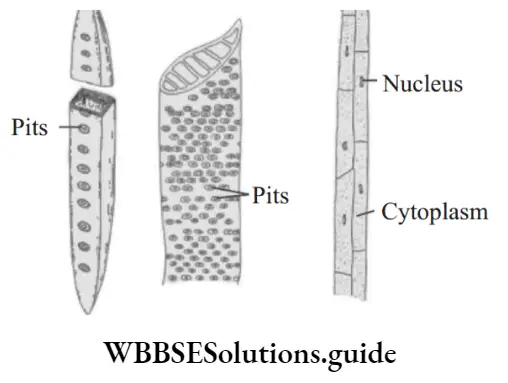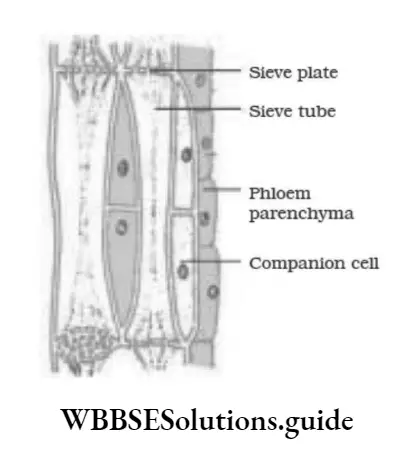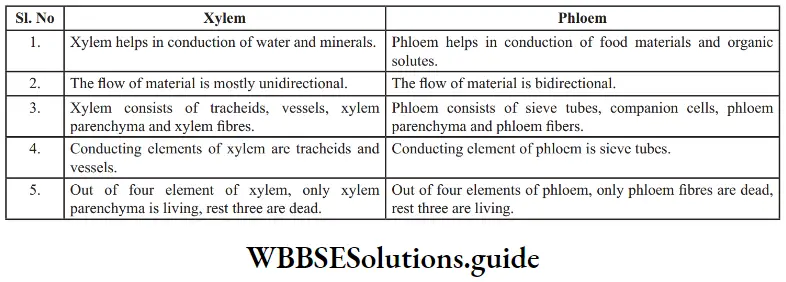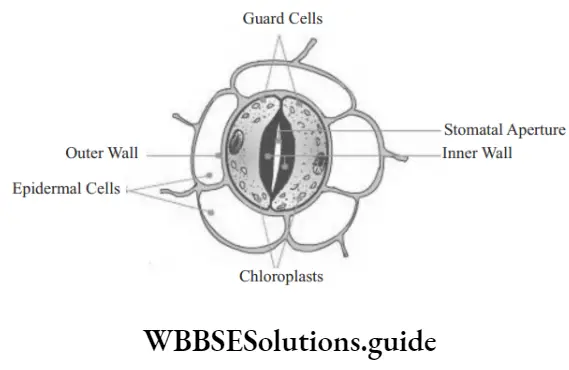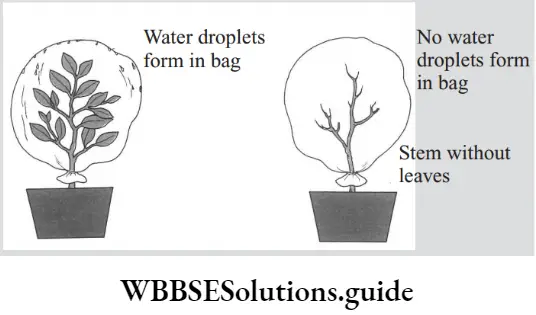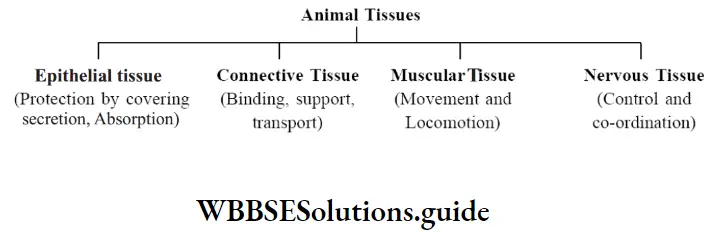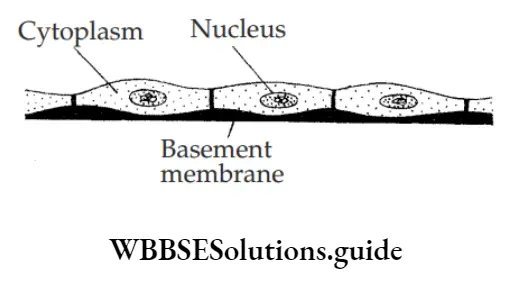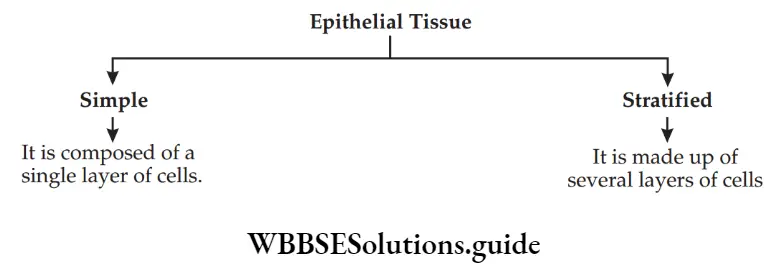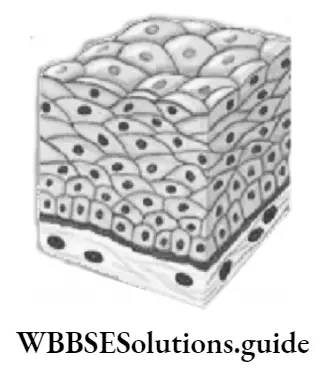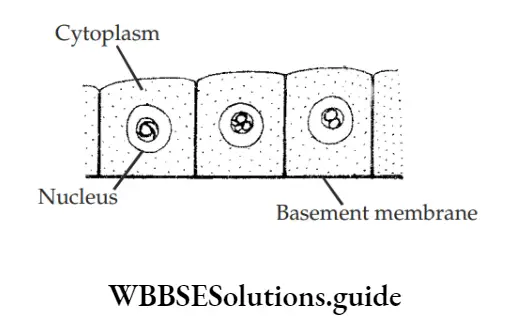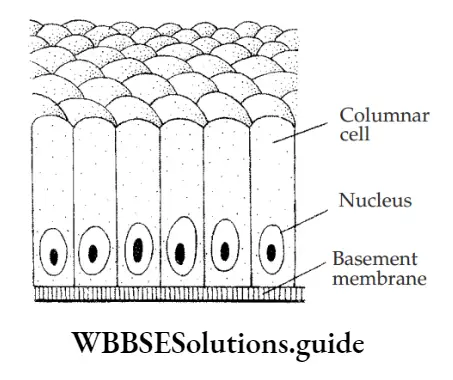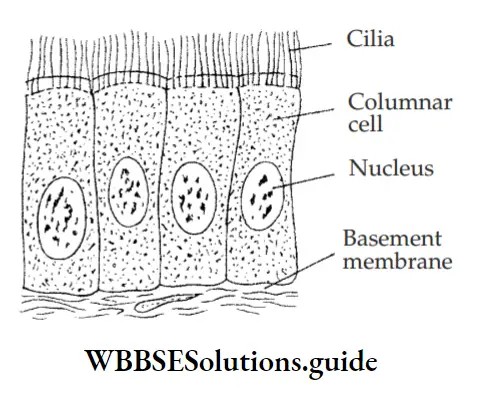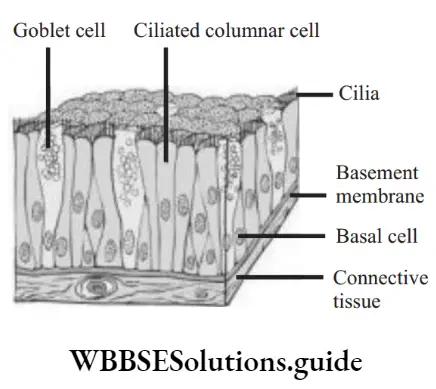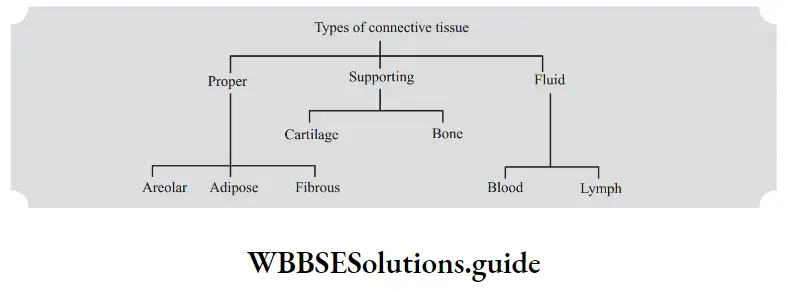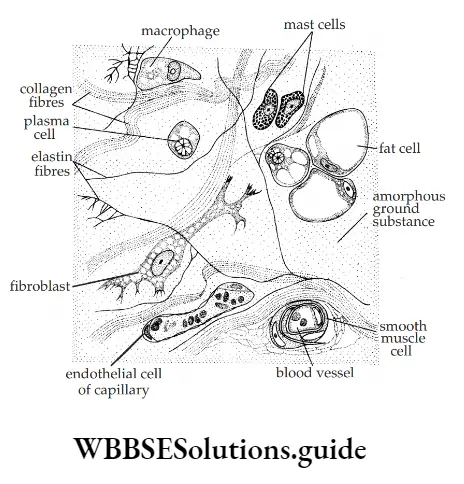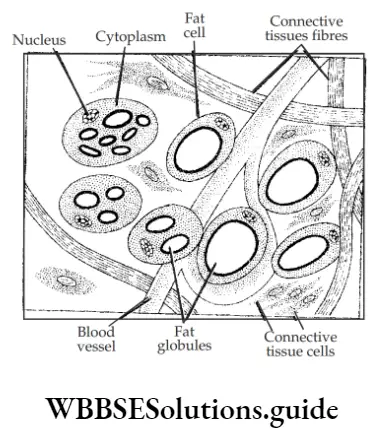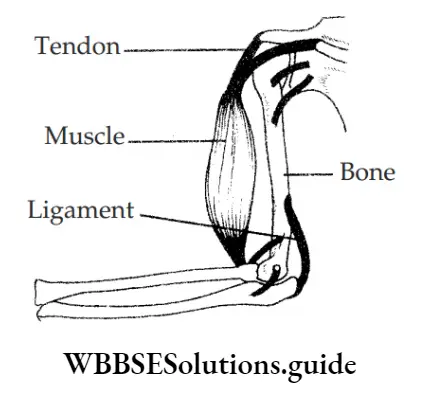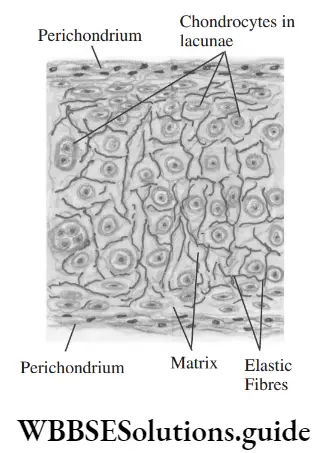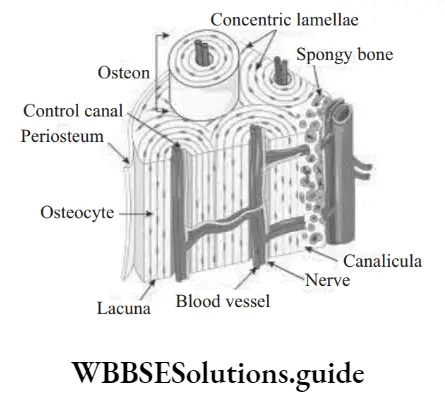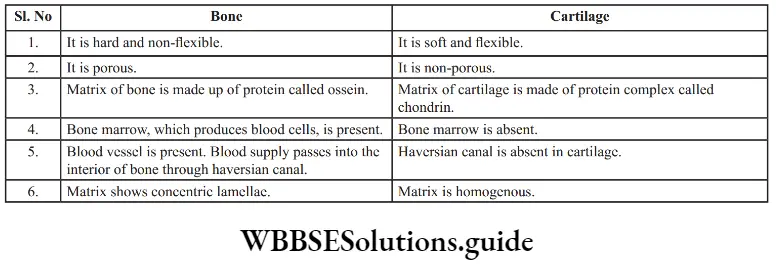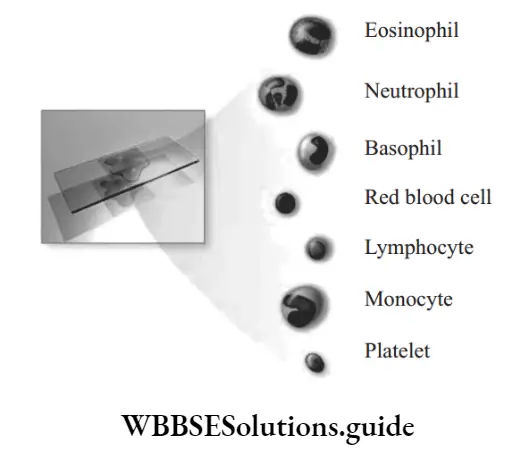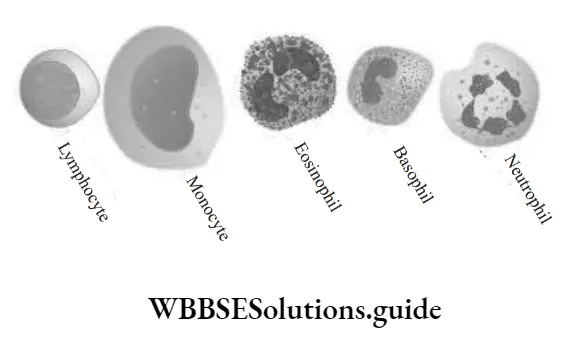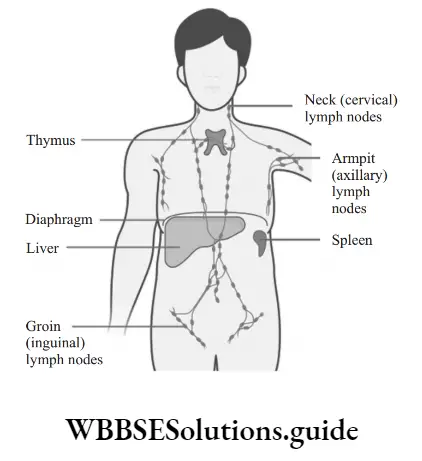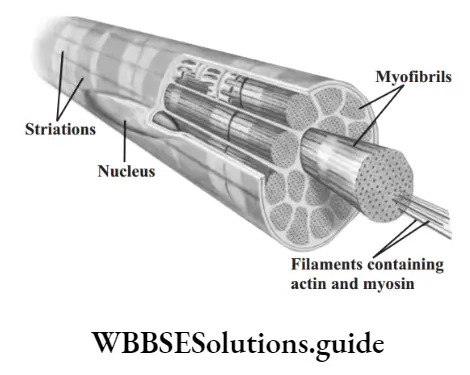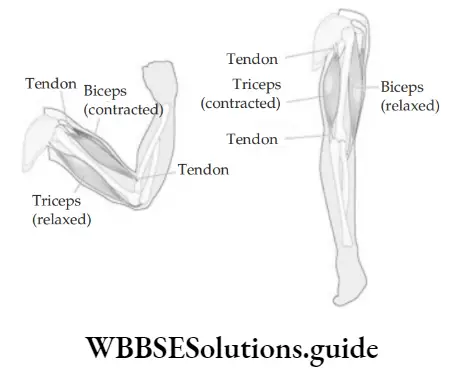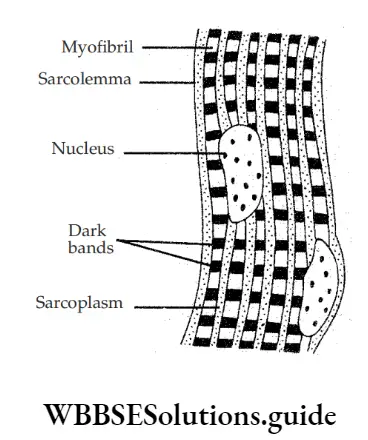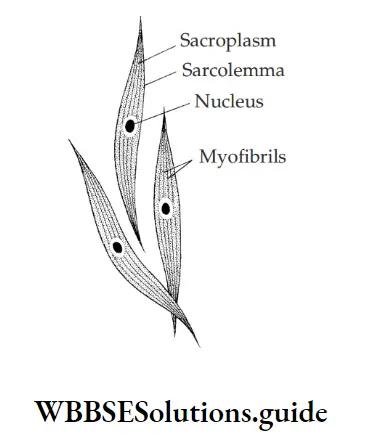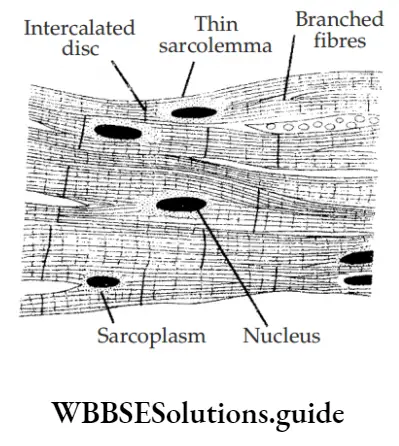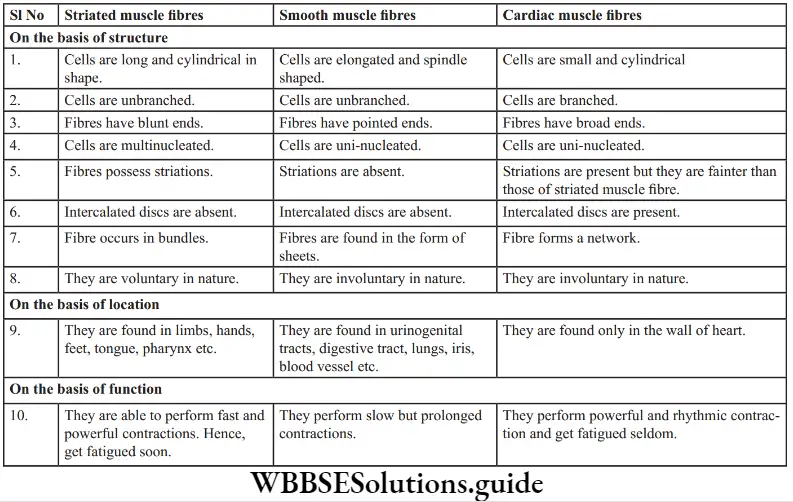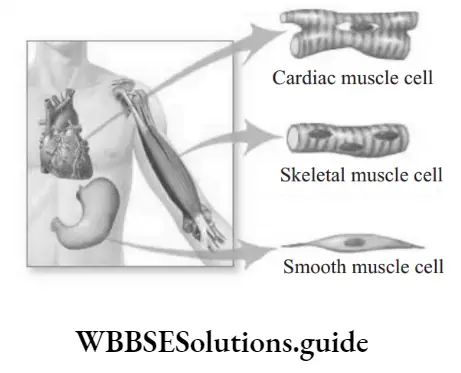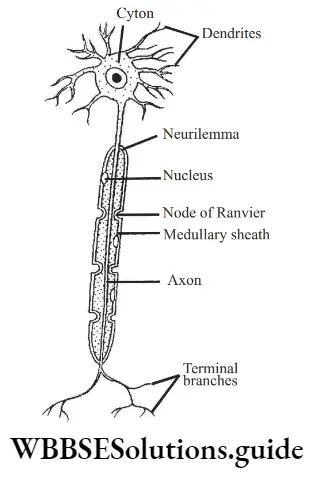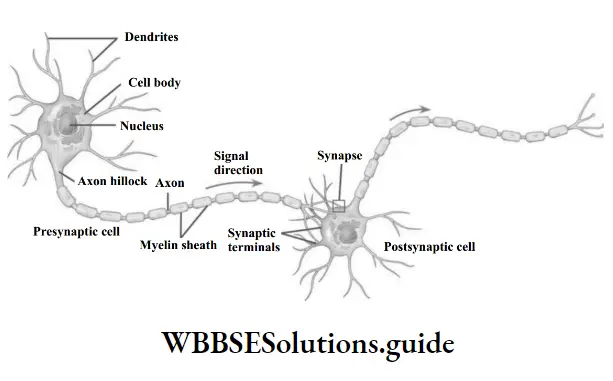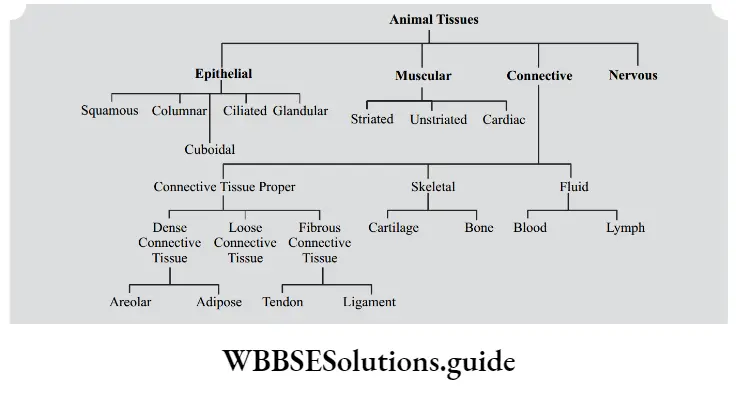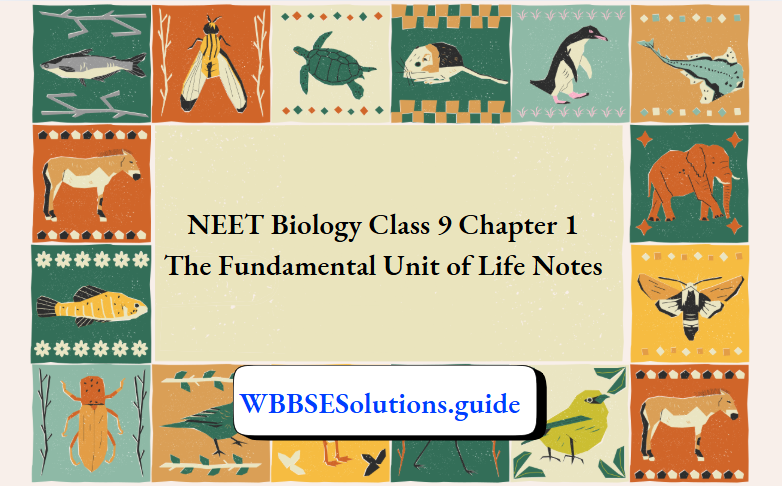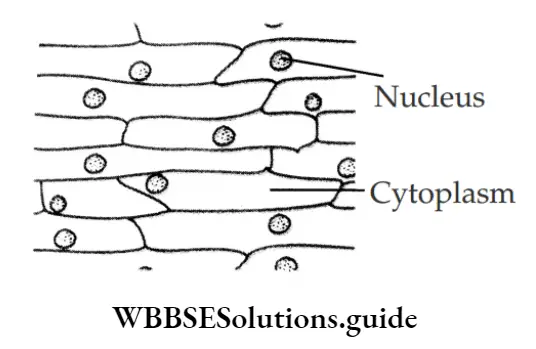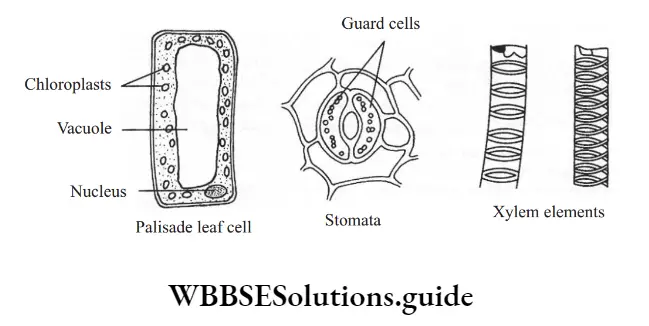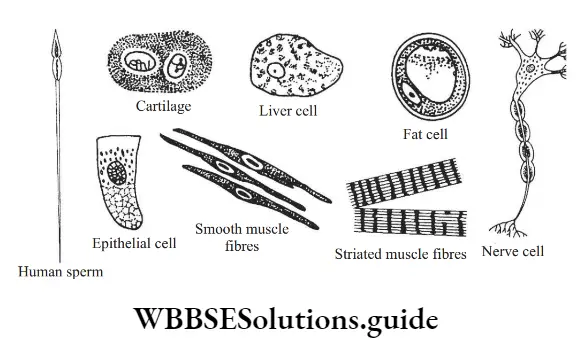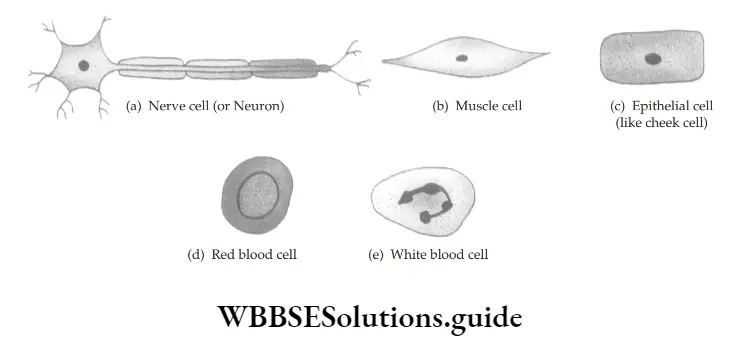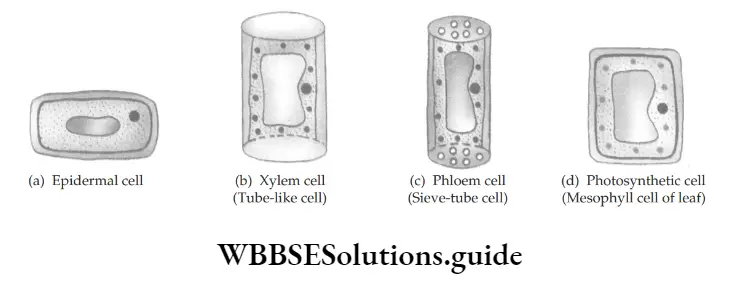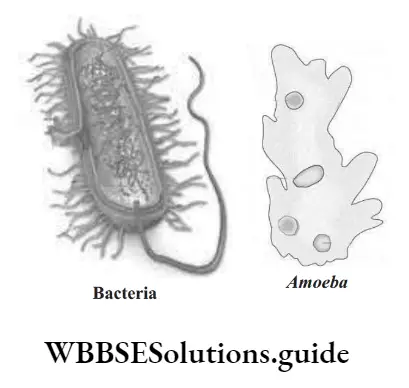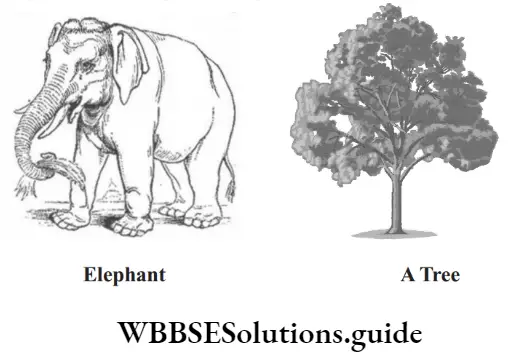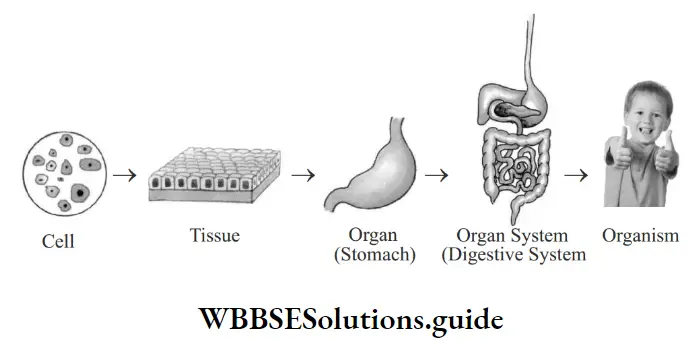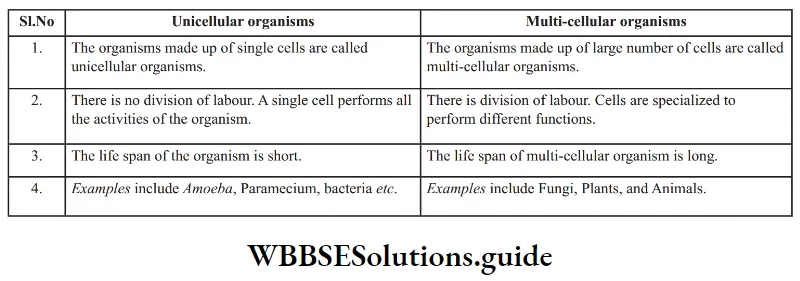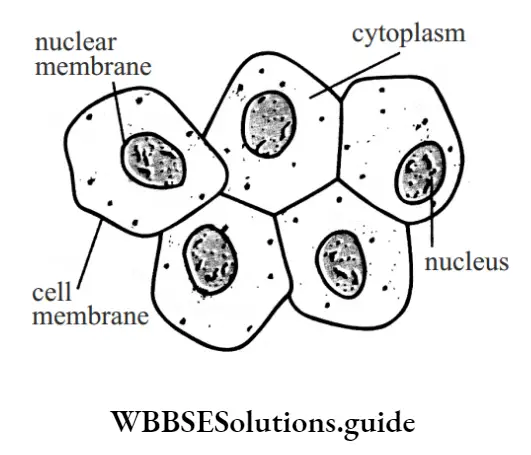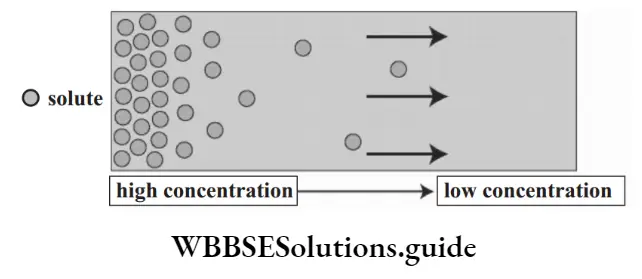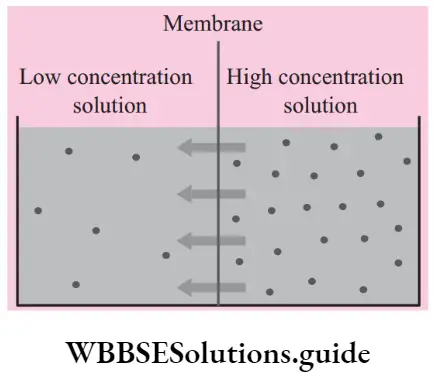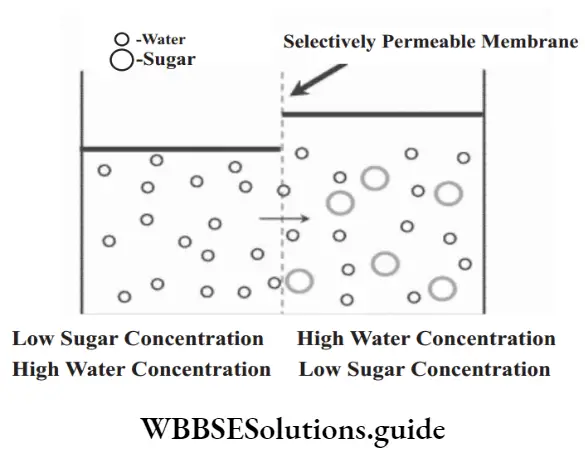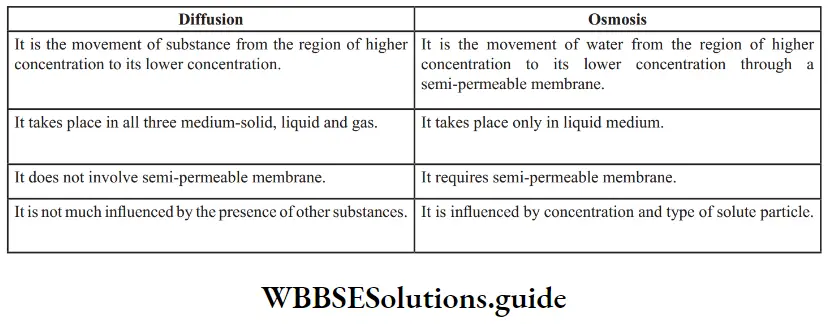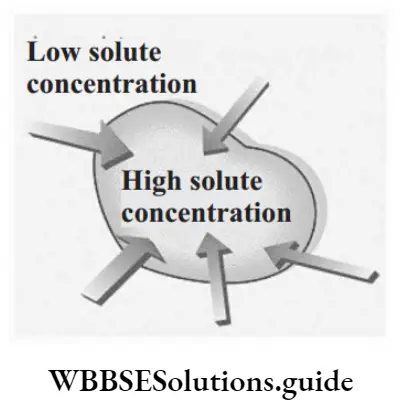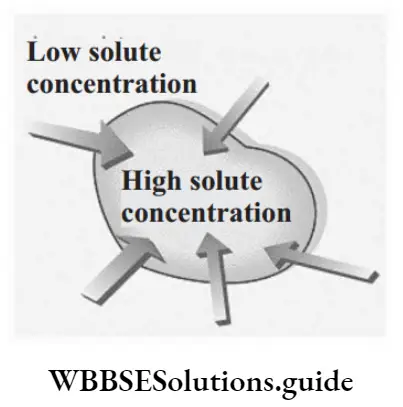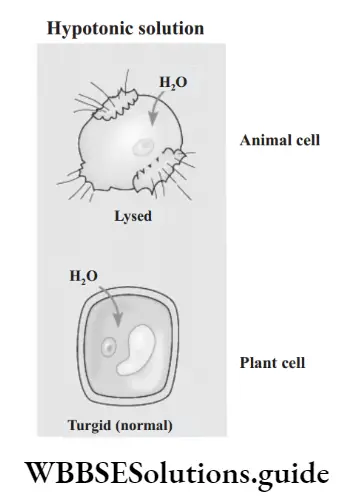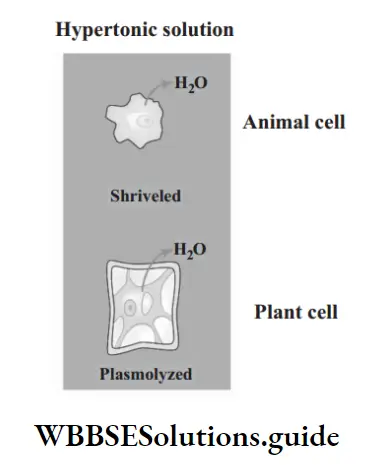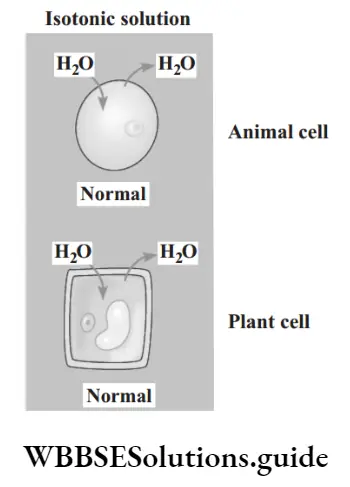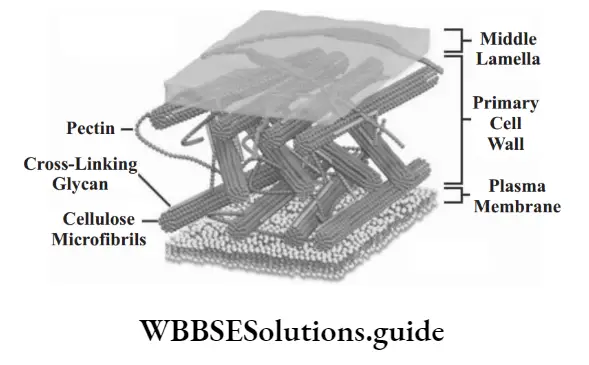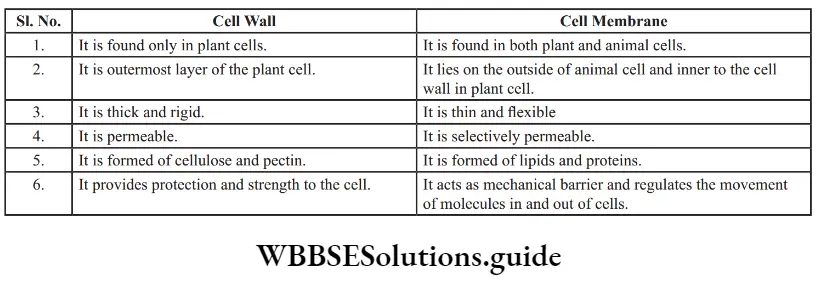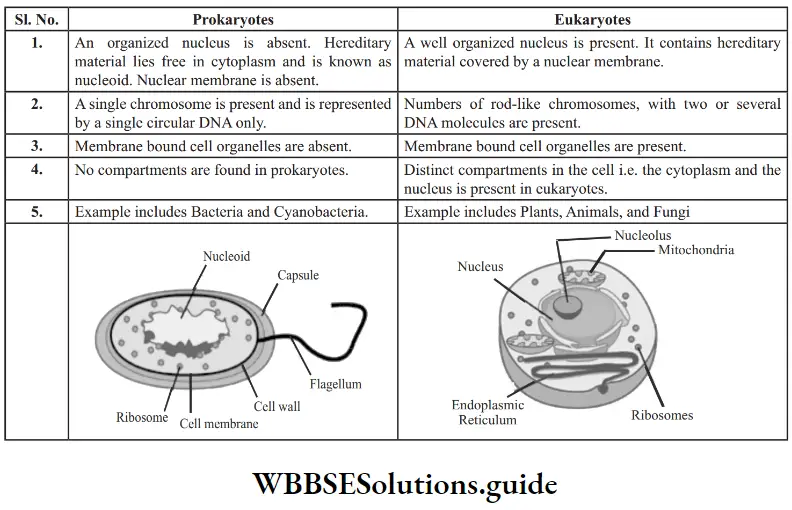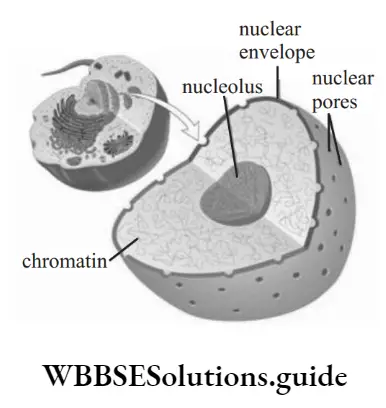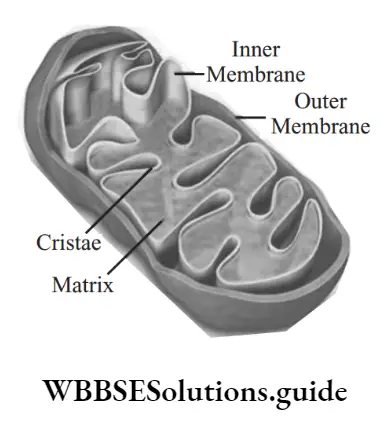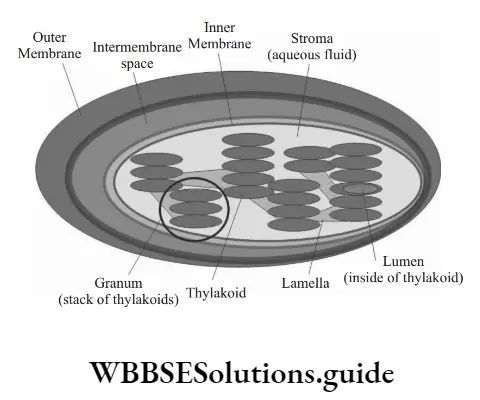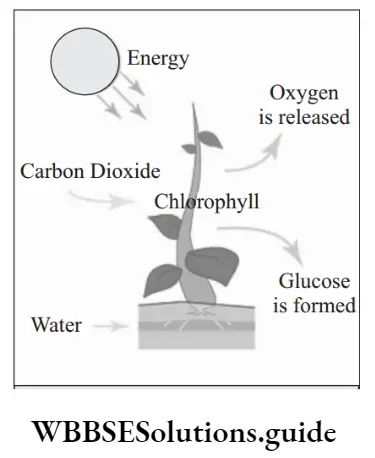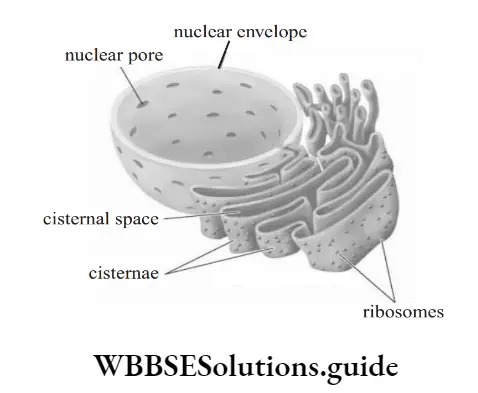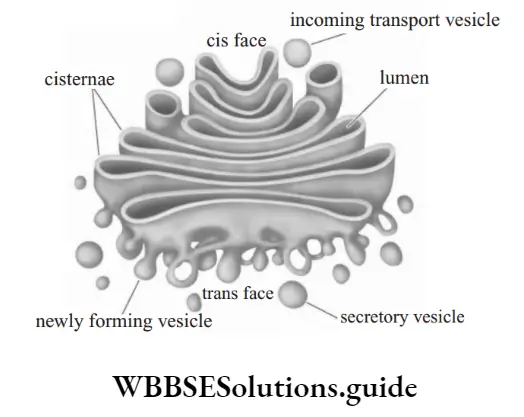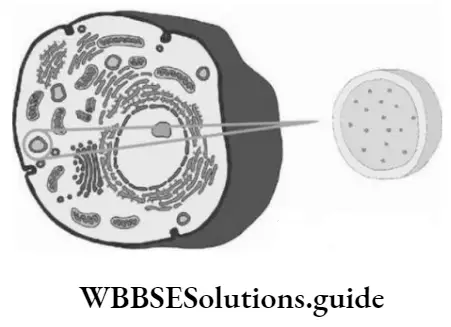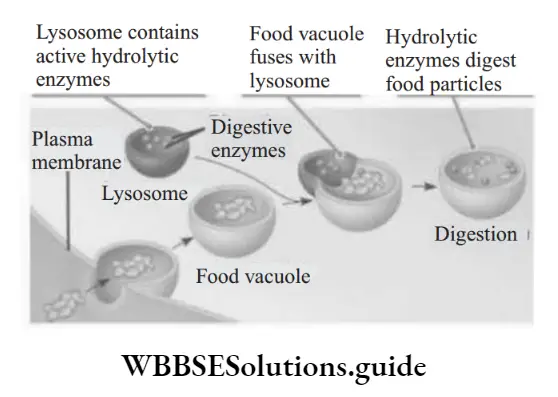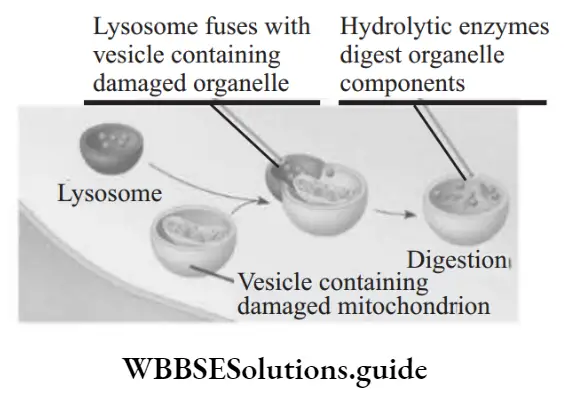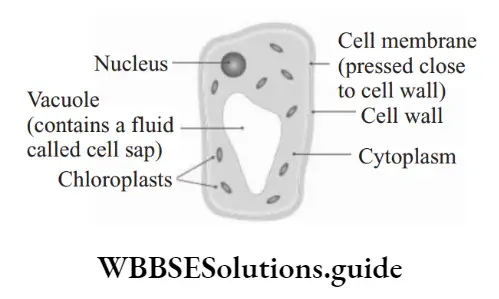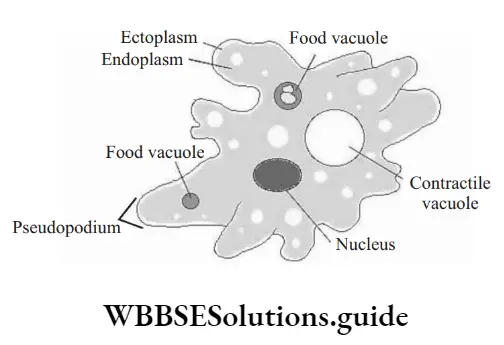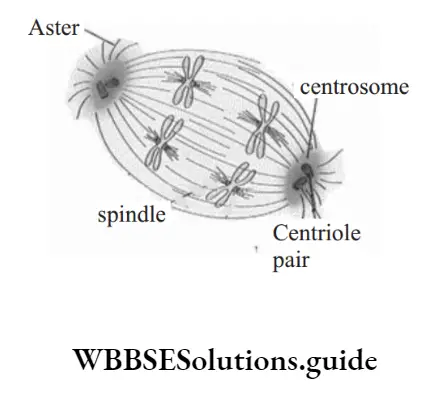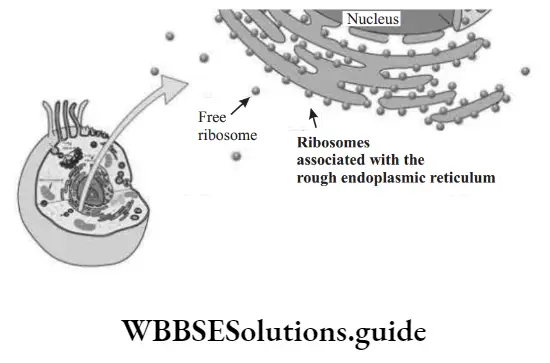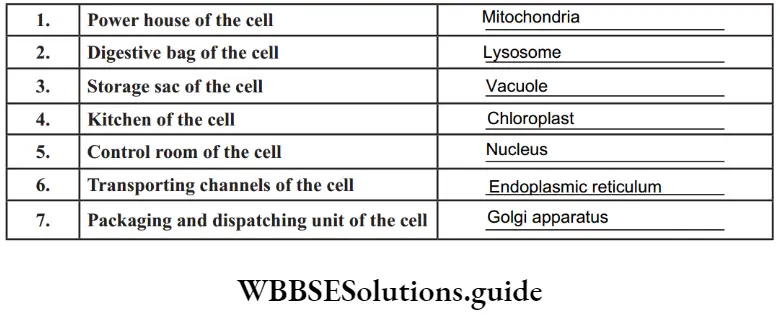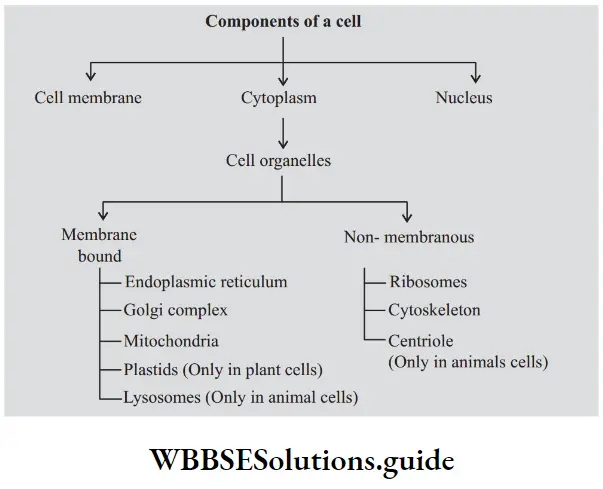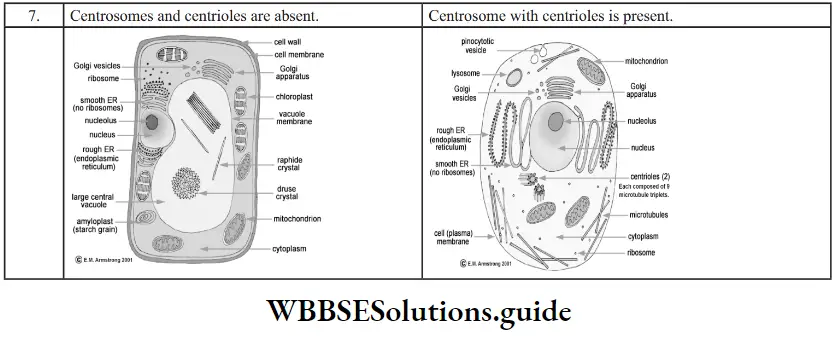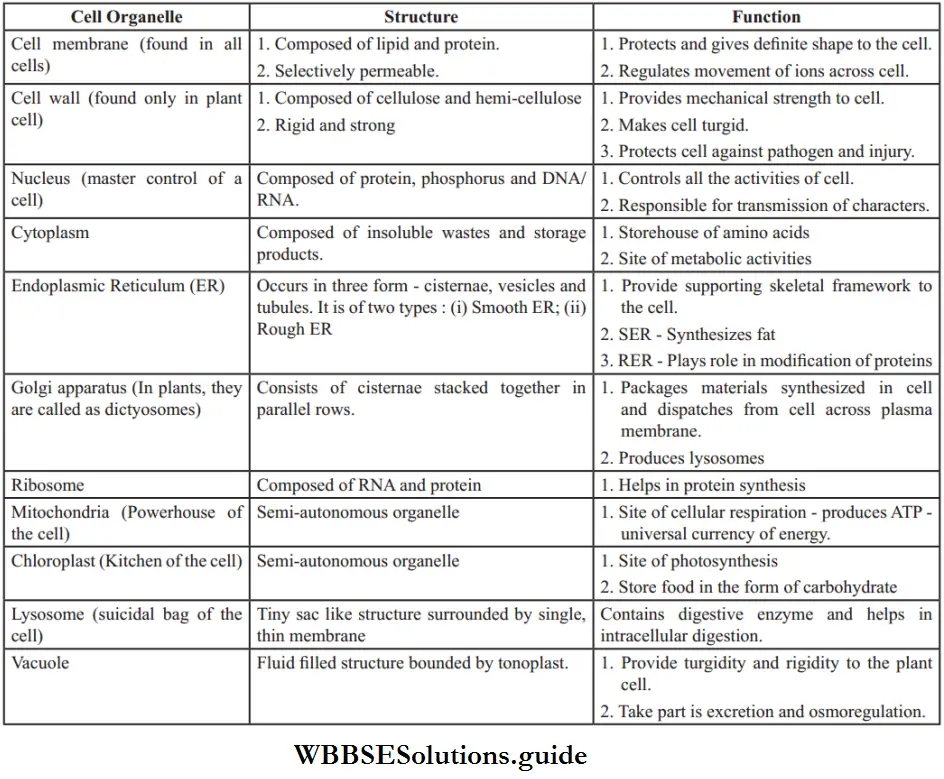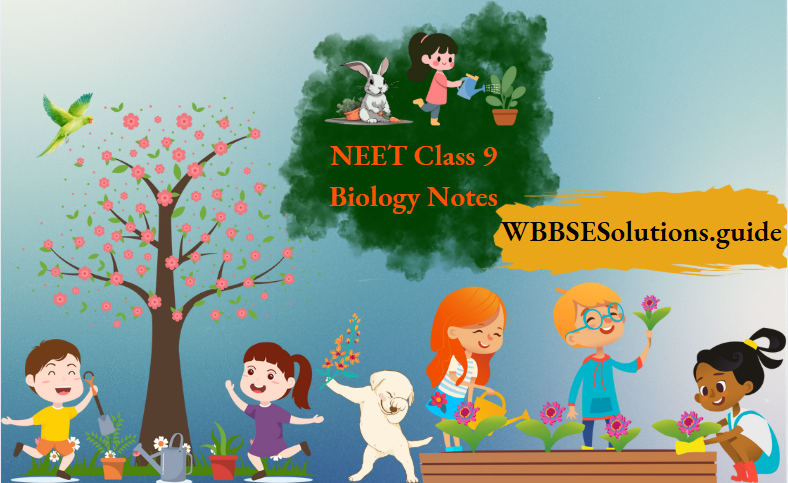Chapter 6 Natural Resources Introduction
A natural resource is something that is found in nature and can be used by people. Earth’s natural resources include light, air, water, plants, animals, soil, stone, minerals, and fossil fuels. People need natural resources to stay alive. They also use them to make their lives better.
These resources can be of two types:
Natural resources: Natural resources refer to all the natural things on our earth, such as soil, air, water, minerals, coal, sunlight etc. Human beings use these directly or indirectly for survival and welfare.
Read And Learn More: NEET Class 9 Biology Notes
Artifiial resources: The resources, which have been developed by human beings, are called artifiial resources. For example, biogas, thermal electricity, plastics etc. are man-made resources.
- Every place on Earth has its own unique group of natural resources. Some countries have lots of oil or diamonds.
- Others have rich soil and thick forests but few minerals. The wealthiest countries are usually the ones with the greatest amount or variety of natural resources. They are wealthy because they can sell their resources to other countries that need them.
Types Of Natural Resources
On the basis of availability, natural resources are classified into two types:
Inexhaustible resources: The resources that are present in unlimited quantity in nature are called inexhaustible resources. They are not likely to be exhausted by human activities. For example: Air, water, solar rays, etc.
Exhaustible resources: The resources that are present in limited quantity in nature are called exhaustible resources. They are likely to be exhausted by human activities. For example, coal, petroleum, plants, animals etc.
Exhaustible resources are further classified into two types.
Renewable resources: Exhaustible resources that can replenish themselves by quick recycling and replacement within a reasonable time are known as renewable resources. For example, living beings reproduce and can thus replace the killed individuals.
However, if the consumption of these resources exceeds the rate of regeneration, it may also get totally exhausted. A few more examples: Soil, forests, wildlife, vegetation, etc.
NEET Biology Class 9 Natural Resources Notes
Non-renewable resources: The resource that cannot be replaced by recycling and replacement is known as nonrenewable resources. Its increased consumption will result in quicker exhaustion.
Examples: Coal, petroleum, minerals like copper, iron etc.
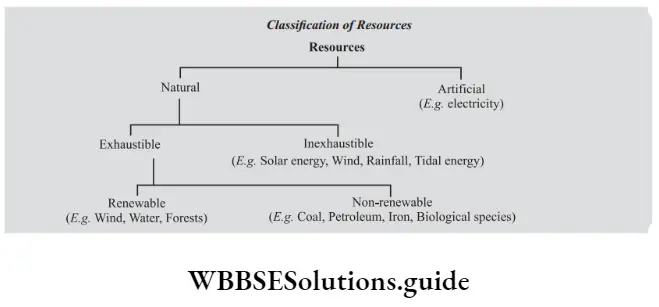
The Renewable resources, if not managed properly can become non-renewable
Question 1. Is plastic a natural resource?
Answer: No, Plastic is an artificial (man-made) resource.
Question 2. Is forest an exhaustible non-renewable resource?
Answer: No. Forest is an exhaustible renewable resource. Its availability can be enhanced by increasing replenishment
Why is life possible on earth only?
- Earth is the only planet on which life exists. It consists of three components Lithosphere (Land), Hydrosphere (Water), and Atmosphere (Air).
- Life originated and evolved because of this unique combination of the three components and was ideal and favourable for life. The life-supporting zone of the earth where the atmosphere, hydrosphere and lithosphere meet, interact and make life possible, is known as the biosphere.
- The lithosphere, hydrosphere and atmosphere are non-living components of the environment and are known as abiotic. The biotic or living components include plants, animals and microbes living on earth.
- A constant interaction between the abiotic and biotic components of the biosphere results in the transfer of food and energy, which makes it a dynamic but stable system. The biosphere is the biggest biological system. It consists of smaller functional units known as Ecosystems or Ecological systems.
Let us study some abiotic components in detail in order to understand their role in sustaining life on Earth.

The Breath Of Life Air
- Air is an inexhaustible natural resource. It is essential for the survival of all the living organisms on Earth. It is found everywhere.
- It is a mixture of different gases, which we cannot see. It is also necessary for all living organisms because they breathe in air.
- Hence, air is called the breath of life as life cannot exist without air.
- The major components of air are nitrogen and oxygen while minor components are carbon dioxide, water vapour, Argon, and traces of Helium, neon, krypton, ozone etc.
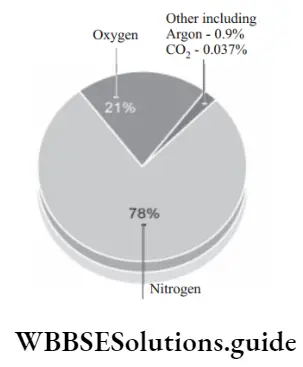
In planets Venus and Mars, where no life is known to exist, the major component of the atmosphere is found to be carbon dioxide (95-97%)
Connecting Topic
Atmosphere
The envelope of air that surrounds the Earth is called the atmosphere. Air is dense below near the surface of the earth. It becomes progressively rare with height. The height to which the atmosphere extends is 500 km.
Atmosphere is divisible into four layers.
- Troposphere: It is the lower part of the atmosphere which extends up to a height of 8-16 km. It is the most active region, which contains about 18% of the total mass of air. All the dramatic events of the weather such as air movements, water vapours, cloud formation and dust particles are restricted to it.
- Stratosphere: It is found above the troposphere up to a height of 30-50 km. This zone is rich in ozone. Hence, it is also known as the ozone layer or ozoneosphere.
- In the ozoneosphere, oxygen in the presence of sunlight is converted to ozone by photochemical dissolution. It completely absorbs short wave rays like ultraviolet rays, X-rays, and gamma rays. The stratosphere is free from clouds. Aeroplanes usually fly in this zone.
- Mesosphere: It is found above the stratosphere and extends up to a height of 100 km.
- Thermosphere: The atmosphere, between 100 to 500 km, is called thermosphere. There is a progressive increase in temperature in this region.
- This high temperature and high energy radiations cause ionization of gases. This layer of ionized particles is known as the ionosphere. The ionosphere is radio-reflective and is important for telecommunication on Earth.
Importance of Air
- Air contains oxygen which is essential for life. It is absolutely necessary for respiration. It is also a supporter of combustion. In nature, oxygen dissolves in water. The dissolved oxygen keeps the water fresh and is a source of respiration for aquatic life.
- Carbon dioxide is necessary for the production of food. It is the raw material for the photosynthesis of plants. During photosynthesis, plants absorb carbon dioxide and water vapour from the air and convert it into carbohydrates in the presence of sunlight and chlorophyll.
- Carbon dioxide is a greenhouse gas and traps infrared radiation.
- The atmosphere condenses water vapours to produce rain. Rain is the source of all fresh water on land.
- The movement of air determines the climate of different places.
- The atmosphere filters high energy rays and UV rays, thereby protecting the Earth from their harmful effects.
In The Lab
Let us perform an activity to prove that air is used in burning.
Take a candle and place it in a tray of water. Light the candle and cover it with a jar

What did you observe?
The candle stops burning in a short while. This is because all the oxygen present inside the jar is used up. Water goes up the jar to take the place of the air that has been used.
Natural Resources NEET Notes
Question 1. Which of these candles will burn the longest?
Answer: (3) The candle under the biggest container will burn the longest as it has the most air in it.
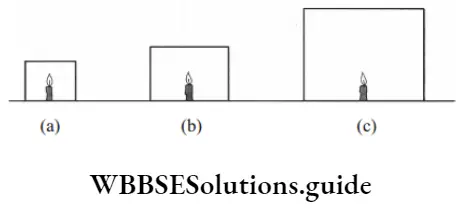
Role of Atmosphere in Climate Control:
- The position of the Earth in the solar system and its distance from the Sun helps in maintaining the temperature of the Earth and thus supports life
- The atmosphere acts as a blanket for Earth’s surface. It keeps the Earth’s temperature fairly constant during the time and even during the course of the whole year. You must be wondering how. Air is a bad conductor of heat.
- During the day time, it resists the heat from entering the Earth and at night, it does not allow the heat to escape from the Earth.
- Thus, the atmosphere does not allow a sudden increase in temperature during the day and a sudden decrease in temperature at night. This helps to maintain a moderate temperature, which is essential for life.
Movement of Air: Winds
- You all must have felt the presence of air although you can not see it. You can see the movement of leaves of plants and trees.
- How it happen so? It is due to the moving air. The horizontal movement of air over the surface of Earth is called wind.
- Let us now understand how wind is formed. Wind is formed as a result of the uneven heating of the atmosphere (Earth’s surface).
- A portion of the solar rays that reach the Earth’s surface is radiated back into the atmosphere. This heats up the atmosphere.
- The extent of this heating varies across land and water. During the day, solar radiation heats up the land surface. This causes the air over the land surface to heat up. The hot air expands and rises upwards. This vertical movement of air is known as convection current. This creates a low-pressure area over the land surface.

- Solar radiation takes a longer time to heat up water as compared to land. Therefore, during the daytime, when the air over the land surface is heated up, the air over the water surface is relatively cooler.
- This creates a high-pressure area over the water surface. When the hot air over the land surface rises up, it creates a vacant space. This space in the low-pressure area (over the land) is occupied by the air present in the high-pressure area (over the water).
Thus, the air over the water surface starts blowing towards the land surface during the day.

- During the night, this situation gets reversed. The land surface cools down much faster as compared to the water surface.
- Therefore, the air over land is cooler in comparison to the air over water. A high-pressure area is thus created over the land surface and a low-pressure area prevails over the water surface. This causes the wind to blow from the land surface towards the water surface during the night.
Characteristics of Wind :
- The wind blows from a high-pressure area to a low-pressure area.
- A region with a high temperature has low pressure as hot air moves up, thereby creating a vacant space in that area.
- During the day, wind blows from sea to land and is known as a sea breeze.
- During the night, wind blows from land to sea and is known as the land breeze.
The other factors that influence the formation of winds are the rotation of the Earth and the presence of mountain ranges.
Importance of winds:
Wind helps in the formation of clouds and brings rain.
Cloud formation: When the air over the land and water body heats up, a large amount of water evaporates from various water bodies as water vapour rises along with the air. A part of this water vapour also reaches the atmosphere through transpiration and respiration.
- When this heated air rises, it expands and cools and starts condensing forming water droplets. The formation of water droplets leads to the formation of clouds. Gradually, the millions of tiny water droplets in the clouds keep growing in size.
- When these drops become so large that they can no longer be held in the clouds, they fall down as rain. Thus, during precipitation, water vapour forms raindrops. At lower temperatures, rain freezes and precipitates as snow, hail, or sleet.
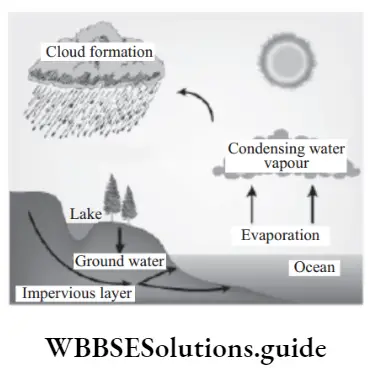
NEET Biology Natural Resources Important Notes
Air Pollution
- You all must have seen traffic policemen wearing a mask or people covering their noses with handkerchiefs at traffic signals. Why?
- It is because of heavy smoke emanating from the automobiles, which makes breathing difficult at busy traffic intersections.
- Air pollution is the addition of unwanted substances into the atmosphere that has an adverse effect on organisms and the environment.
Sources of air pollution:
All human activities from cooking at home to the working of industries contribute to air pollution.
The sources of air pollution can be divided into two categories.
- Natural sources-
- Forest fire
- Dust storm
- Pollen grains from flowers.
- Smoking volcanoes
- Man-made sources-
- Burning of fossil fuels in industries, vehicles and thermal power plants.
- Emissions from industries.
- Vegetable oils, kerosene, and coal as household fuels
- Pesticide residues in air
- Sewers and domestic drains emanating foul smell
- Deforestation (cutting down of trees)
Important fact: Pollution by natural sources is much less in comparison to man-made pollution.
Air Pollutants:
The agents that pollute the environment are called pollutants. Major air pollutants are :
1. Carbon dioxide (CO2): It is mainly produced during the combustion of fuel in factories, power stations, households etc.
Effects:
- It increases the atmospheric temperature due to the greenhouse effect.
- It reduces the productivity of marine ecosystems. It is because, the water in the oceans becomes more acidic due to increased concentration of CO2 in the air, which then gets dissolved in the water.
- The increased temperature of the Earth causes the melting of continental and mountain glaciers. This in turn would cause flooding of coastal areas of some countries. This process is known as global warming.
2. Sulphur dioxide (SO2): It is produced by the burning of coal in powerhouses and vehicles.
Effects:
- In plants, it causes chlorosis (yellowing of leaves) and necrosis.
- In humans, it causes, irritation in the eyes and injury to the respiratory tract leading to diseases like asthma and bronchitis.
- SO2 is also responsible for discolouration and deterioration of buildings.
- It causes acid rain. The high concentration of sulphur dioxide in the atmosphere dissolves in raindrops to form sulphuric acid which causes acid rain.
3. Carbon monoxide (CO): It is produced as a result of incomplete combustion of fossil fuels like coal and petroleum. Carbon monoxide is more dangerous than CO2. It is a poisonous gas, which causes major respiratory diseases. When carbon monoxide is inhaled, it reaches the bloodstream. Due to its high affinity for (200 times more than CO2) haemoglobin, it replaces oxygen.
Effects:
It causes giddiness, and headache and interferes with the normal functioning of the heart.
4. Nitrogen oxides (NO): Oxides of nitrogen such as nitric oxide (NO), nitrous oxide (NO2), and nitrogen dioxide (NO2) are produced from thermal power stations, automobiles, industries and aircraft due to the burning of coal and petroleum.
Effects:
- It reduces the oxygen-carrying capacity of blood.
- It may also cause irritation in the eyes and lungs, and skin cancer in human beings.
- Acid rain damages materials (metals and stones).
Smog: It is a dark brown smoky mist that occurs in cold weather. It is a mixture of smoke, dust particles and small drops of fog. It is a visible indicator of air pollution.
Effects:
- It causes necrosis and develops a white coating on the leaves of the plants.
- In humans, it may cause asthma and allergies. It is highly suffocating.
Aerosol spray propellants: These are suspended fine particles in the air. It contains chlorofloro carbons (CFCs) and florocarbons.
Effects:
It causes depletion of the ozone layer and thereby, the exposure of humans to the harmful effects of UV rays of the Sun.
Water A Precious Resource
Like air, water is another inexhaustible natural resource, which is essential for all living beings. It covers about three-quarters of Earth’s crust. Life is impossible without water.
Note: Water exists in three states: Solid (Snow, hail and ice), liquid (Water) and gas (Water vapour).
You must be surprised to know that only 3% of the total water resources of the world consist of fresh water, found in rivers, lakes, streams and ponds. The rest 97% is found in oceans, which is unusable.
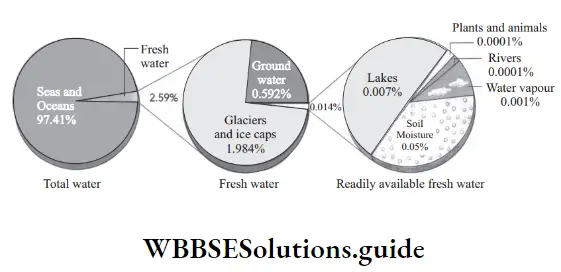
Best Short Notes for Class 9 Biology Natural Resources
Terrestrial life cannot use seawater, because their bodies cannot tolerate high salt contents of seawater and also cannot eliminate the salts from the body.
Sources of Water:
- Rain: Rainwater is considered to be the purest form of natural water free from impurities. Now, you must be wondering, why it is so. The water from the sea and rivers gets evaporated during the day time due to the heat of the Sun.
- As a result, impurities are left behind and water gets evaporated. When water vapours go high up in the air they condense to form clouds. Then these water drops come down to Earth as rain.
- Well: The rainwater seeps through the soil and goes down. On digging the well, this underground water is available to us.
- However, this water is not pure and contains impurities such as bacteria, suspended particles and other micro-organisms.
- Spring: Springs are formed by the percolation of rainwater into the soil. It supplies water to wells and lakes.
- River: Rivers are formed by the melting of snow on the mountains and from the rainwater. It is also not pure and is unfit for drinking.
- Sea: The sea is the largest natural source of water. However, it is the most impure source of water as all the impurities dissolved in rivers are carried into the sea.
Importance of Water:
- Water plays an important role in the metabolic reactions taking place within the body.
- It acts as a universal solvent, thus providing a medium for chemical reactions to take place.
- Water helps in the transportation of substances such as food from one part of the body to another in a dissolved form.
- Turgidity is maintained by water in living structures.
- Water prevents sudden changes in the temperature of living beings. Excessive heating is checked by evaporation of water in transpiration and perspiration.
- Metabolic wastes are separated from the blood in the solution form with the help of water.
Question 1. There is an abundance of water on our Planet Earth. But then why do we talk of water shortage in future?
Answer: We talk of water shortage because only a small fraction of water is fit for consumption. Most of the water that exists on Earth is in seas and oceans, which is highly salty and unfit for drinking.
Water Pollution
Water pollution is the addition of undesirable substances in water bodies that have an adverse effect on organisms and their surrounding environment.
Sources of Water Pollution: It could be due to natural or man-made activities.
- Natural sources of water pollution:
- Soil erosion
- Decaying organic matter
- Leaking of minerals from rocks
- Man-made sources of water pollution:
- Domestic sewage is discharged into rivers from areas located on its banks. Sewage contains organic matter and several pathogens that can cause diseases in animals and humans.
- Industrial effluents containing a high concentration of heavy metals, toxic chemicals, acids, oils, grease etc. All of these are harmful to aquatic life and also make the water unfit for drinking.
- Fertilizers added to crop fields also lead to water pollution. A small part of fertilizers leach down to pollute the ground
- water while a large part of it passes down to water bodies through rainwater.
- Pesticides sprayed over crops are passed into water bodies during rains. It has an adverse effect on aquatic organisms.
- Oils from refineries, and automobile workshops pollute water thereby killing aquatic life and affecting the growth of phytoplankton.
- The passage of hot water from thermal plants changes the temperature of the water source. As a result, the content of oxygen decreases. Reduced oxygen content kills the aquatic animals and reduces the decomposition rate of organic matter, which, therefore accumulates.
Effects of Water Pollution
- The toxic materials in water cause serious water-borne diseases like cholera, typhoid, jaundice and hepatitis in humans.
- The presence of acids and alkalies in water destroys microorganisms, thereby disturbing the self-purification process in rivers.
- Polluted water causes the spread of epidemics like cholera, tuberculosis, jaundice, and typhoid in human beings.
- The usage of polluted water for irrigation of agricultural fields damages crops severely. This in turn reduces agricultural productivity.
- Heavily polluted water affects the fertility of the soil and kills soil microorganisms.
- Contamination of seawater due to oil spilling causes ecological disasters which result in the death of aquatic organisms including fish.
- Water pollution affects the fish and other aquatic life
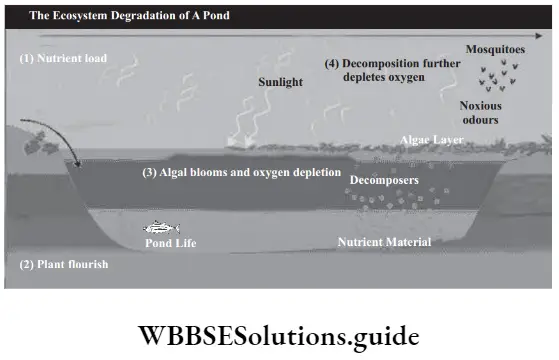
Natural Resources Class 9 NEET Key Concepts and Summary
Biomagnification:
- To protect the crops from several diseases and pests, a large number of pesticides are used. These pesticides reach the soil and are absorbed by plants with water and minerals from the soil.
- Due to rain, these chemicals can also enter water sources and into the bodies of aquatic plants and animals. As a result, chemicals enter the food chain. Since these chemicals cannot be decomposed, they keep on accumulating at each trophic level.
- The maximum concentration is accumulated at the top carnivore’s level. This increase in the concentration of pollutants or harmful chemicals with an increase in the trophic level is called biological magnification.
- For example, high DDT concentrations were found in a pond. The producers (phytoplankton) were found to have 0.04 ppm concentration of DDT. Since many types of phytoplankton were eaten by zooplankton (consumers), the concentration of DDT in the bodies of zooplankton was found to be 0.23 ppm.
- Small fish that feed on zooplankton accumulate more DDT in their body. Thus, large fish (top carnivores) that feed on several small fish have the highest concentration of DDT
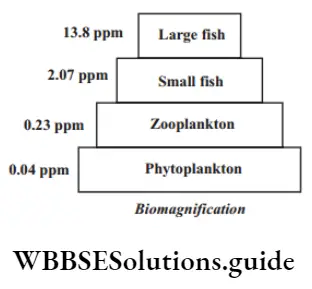
Soil
- Soil is the uppermost layer of the land, which supports plant life and contains numerous living organisms and their remains.
- It is a complex mixture of mineral particles formed from rocks, humus, wind, water, mineral salts, and living organisms like earthworms, insects, bacteria and fungi.
Important term: Humus is a brown or black organic substance formed from decaying plant remains or animal matter.
- It determines the fertility of the soil. It is porous in nature and increases the ability of soil to retain water.
- Soil is a renewable as well as non-renewable natural resource. Its productivity can be maintained with fertilizers and manures rich in humus.
- Hence, it is a renewable natural resource. On the contrary, if the soil has been removed from a certain place by erosion, it may take hundreds and thousands of years to form new soil. Hence, soil is also considered a non-renewable resource.
Question 1. How can you alter the nutrient and humus content of soil to support plant life?
Answer: The nutrient and humus content of the soil can be increased by using manures and fertilizers. Manures are naturally decomposed organic materials that increase soil fertility. Fertilizers are either natural or chemical in nature and add essential nutrients to the soil.
The use of fertilizers is a common practice in agriculture.
Soil Formation
Soil is formed from parent rock material over millions of years by a process of weathering. The process of formation of soil is called pedogenesis. What is weathering? Weathering is the process of breaking down rock present on the surface of the Earth into fine particles.
Weathering occurs through two main processes:
- Physical weathering is caused by physical means like atmospheric changes (heating, cooling, wetting-drying etc.).
- Biological weathering involves the breaking down of rocks by the action of living organisms.
Let us discuss some of the processes in detail.
- Sun: During the day, sunlight heats up the rocks on the Earth’s surface and during the night, it cools them down. Rocks expand when heated and contract when cooled down. This repeated heating and cooling of rocks causes them to break down into smaller particles.
- Water: It causes weathering of rocks by following methods:
- Water enters the rocks through the cracks in them and freezes at low temperatures. This expands and contracts the rocks, which results in the breaking down of the rocks.
- Sometimes, water flows along rocks. The flow of water along the rocks creates friction between water and rocks, which results in the weathering of rocks. This leads to the formation of soil. The soil thus formed may flow along with the water and get deposited elsewhere.
- Continuous beating of rocks by rain and hail, and wave action on shores causes the breaking down of rock particles into fiery particles through their abrasive effects.
- Wind: Wind has an abrasive action due to the presence of dust and fine sand particles in it. Strong winds erode the rock surfaces by rubbing and striking its abrasive particles against the rock surface. Sometimes the eroded particles are carried by wind to distant places. As wind speed decreases, the wind-borne particles settle down and form soil.
- Frost: Rainwater seeping into rock crevices and cracks may get trapped in it. In winter, this water freezes to ice. The ice expands producing a lateral pressure sufficient to break all rocks.
- Living organisms: Weathering by living organisms is known as biological weathering. Certain life forms, like lichens, grow on rock surfaces. They secrete acids which corrode the rocky surface and produce fine particles. Then, in these fie soil particles other organisms like microbes; insects etc. grow and die, building more soil.
Sometimes, mosses grow over these crevices. They cause the deepening of crevices and the building up of more soil in them.
Deeper crevices form cracks. Roots further weather the rocks and produce soil.
In The Lab:
- We find soil all around us. What is the composition of soil? Let us perform an experiment to find out the major components of soil.
- Dig a pit in a suitable area using a spade. Collect a sample of soil from this pit and mix it with water in a glass jar. Stir well and then allow the contents to settle. Observe the contents.
Results: The bottom of the jar has a layer of coarse sand. Then you would find a layer of sand. Then there is a layer of silt.
Clay lies above the silt. Above clay, you would find clay as well as mineral salts. Humus flats over the top of turbid water. dead matter water.

NEET Biology Class 9 Chapter 6 Detailed Notes with Explanation
Soil, thus formed, contains the following components:
- Soil particles like sand, silt, clay, gravel etc.
- Humus, is an organic matter formed by the decomposition of dead organisms.
- Air
- Water
- Soil organisms.
Different soils have different amounts of stone, sand, clay and plant and animal matter. For example, soil taken from the beach has more sand than clay. Garden soil is rich in plant and animal matter
A fertile soil contains a mixture of all different-sized particles. The fertility of soil depends on:
- Presence of humus and nutrients.
- The capacity of soil to retain water and air.
Importance of Soil
- Soil anchors the terrestrial plants.
- It provides water and minerals to the plants.
- Soil is a home for a number of soil organisms. Many of them are involved in the decomposition of dead organic matter and the release of minerals bound in it.
- Some bacteria and cyanobacteria in soil take part in nitrogen fixation.
- Soil provides water for various human needs and irrigation.
Question 1. The fertility of the soil is threatened due to various actions of humans. Can you explain one activity that destroys the soil?
Answer: Most fertilizers and pesticides are made of chemicals. Excessive use of fertilizers and chemicals can kill the natural microorganisms present in soil.
- It also affects earthworms, which help in the conversion of organic matter into humus. If the use of fertilizers and pesticides is not controlled, then the soil may lose its fertility and no longer be able to sustain life.
- This change in soil fertility, brought about by the addition of harmful substances that affect the useful components present in the soil, is called soil pollution.
Experiment 1
Soil contains Air. Put a can of soil in a basin of water as shown in the figure.
What did you observe?
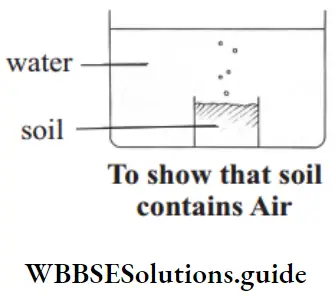
You will find air bubbles coming out of the soil. This shows that the soil contains air.
What is the importance of air in the soil? The roots of the plants grow in the soil. Since they are living parts of plants they need air to breathe. The animals that live in the soil also need air to breathe hence, to support them, air is found in the spaces between the soil particles.
Experiment 2:
Air contains Water. Take a tin of soil. Put it in a clear plastic bag and tie the bag tight. Leave the bag with soil for a few hours.
What did you observe?
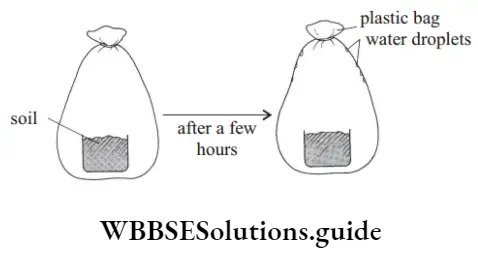
- You will find water droplets in the bag. The water could have only come from the soil. The water in the soil evaporates into the air and then condenses as water droplets. Thus, this experiment proves that soil contains water.
- What is the importance of water in the soil? Plants need water for photosynthesis and to stiffen them, so as to stand upright.
- The root hairs of the plant absorb water from the soil.
- As you know, plants need nutrients from the soil to grow strong and healthy. So, plants take up nutrients in the dissolved form. Water is needed to dissolve the nutrients.
Soil Erosion
- During summers, you all might have noticed, blowing wind carrying sand and soil particles from one place to another. Similarly, flowing water carries some amount of soil along with it. What this process is known as? It is commonly known as soil erosion.
- Soil erosion is the removal of topsoil by wind and water. Wind and water are the key agencies which cause the weathering of rocks and carry the fie particles to other places for the formation of soil.
- However, as we all know, the topsoil contains humus and mineral salts, which are vital for the growth of plants. So, the removal of topsoil by water and wind leaves the underneath subsoil and rocky base exposed.
Thus, erosion causes a significant loss of humus and nutrients and hence, decreases the fertility of soil.
Causes of Soil Erosion:
There are several causes of soil erosion, which can be divided into two categories.
- Natural causes: It involves natural agents like wind and water.
- High wind velocity over lands, that have no vegetation, carries away the loose topsoil.
- Pouring raindrops, over areas with no or very little vegetation, also carries away the topsoil.
- Man-made causes: Besides natural agents, there are certain man-made activities, which cause soil erosion. For example:
- Deforestation: It is the cutting or removal of trees or other vegetation for timber or for farming purposes. The roots of plants hold soil particles together.
- In the absence of plants, the top layer of soil is easily removed by the action of high-speed winds or water flow, thereby increasing the chances of soil erosion. Also, deforestation leads to desertification.
- In the absence of trees, soil erosion occurs more rapidly exposing the lower hard and rocky layer. As a result, soil loses humus and becomes less fertile.
- Hence, fertile land, which acts as a source of living for farmers, gets converted into a desert. This process is known as desertification of land.
- Overgrazing: Overgrazing by flicks of cattle, buffaloes, goats and sheep leaves very little plant cover on the soil. The hooves of the animals make the soil dry, which reduces its porosity and percolation.
- Improper agricultural practices: Improper tillage and burning of stubble of weeds reduces the water-holding capacity of the soil. As a result, soil becomes dry and hence, can be easily blown away as dust.
- Heavy rainfall and strong winds: Uncovered soil is eroded quickly by heavy rain and strong winds.
- Slope: A run of water passing along the slope gathers speed and develops high cutting and carrying capacity.
- Deforestation: It is the cutting or removal of trees or other vegetation for timber or for farming purposes. The roots of plants hold soil particles together.
Effects of Soil Erosion:
- Soil erosion reduces the fertility of the soil.
- It leads to landsliding.
- Soil erosion exposes the lower hard and rocky layer. As a result, the fertile land gets converted into a desert. This process is known as desertification of land.
- It leads to flash floods. The roots of plants hold soil particles together. In the absence of plants, the seeping of water is reduced and thus the groundwater does not get replenished. This could then cause floods.
Control of Soil Erosion:
As we have learnt, soil loses its fertility due to erosion. So it is necessary to conserve soil. What is soil conservation? Soil conservation means checking soil erosion and improving soil fertility by adopting various methods.
- Deforestation should be stopped and more and more plants/trees should be planted. Plantation of more trees and vegetation reduces soil erosion by both water and wind.
- Contour Bunding should be adopted. To reduce the effect of strong winds in the fields, the boundaries of the fields should be planted with trees in two or three rows.
- Wind erosion is reduced if rows of trees and shrubs are planted at right angles to the prevailing direction of the wind.
- Contour ploughing should be done. Ploughing at right angles to the slope allows the furrows to trap water and check erosion by rainwater.
- There should be a control on grazing. Grazing should be allowed only in areas meant for it and not on agricultural land.
- Adopt a terracing office. In this, the slope is divided into a number of fields for slowing down the flow of water.
- On the sloping areas in hills, strip cropping should be practised. Strip cropping means the planting of crops in rows or strips to check the flow of water. This reduces the steepness of the slopes and checks the soil erosion.
Biogeochemical Cycles
The cyclic flow of nutrients between the non-living environment (soil, air and water) and the living organisms is called the biogeochemical cycle.
They are called biogeochemicals as they are obtained from Earth. Nutrients are generally derived from the abiotic surroundings to which they finally return by way of the decomposition of dead organisms or waste matter. This maintains a constant recycling of nutrients. The nutrients are never lost from the ecosystems
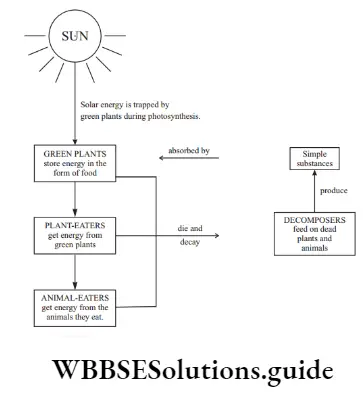
NEET Study Material for Natural Resources Chapter
In the biosphere the nutrients exist in two states :
- Reservoir pool: It is the pool/storehouse of nutrients from which the nutrients are slowly transferred to the cycling pool.
- Cycling pool: It is the pool of nutrients which is repeatedly exchanged between the biotic and abiotic components of the biosphere.
Importance of Biogeochemical Cycles:
- The minerals such as carbon, nitrogen, carbon and hydrogen cycle through living and non-living components of the biosphere.
- The amount of various materials cycling through the biosphere remains more or less constant.
Let us discuss the events of the biogeochemical cycle from the following examples:
Carbon Cycle:
The cyclic flow of carbon in the biosphere between its abiotic (soil, air and water) and biotic (plants and animals) components is called the carbon cycle.
In the abiotic environment, carbon is present in four forms:
- As CO2 in the atmosphere.
- As dissolved CO2 or carbonic acid and bicarbonates in water (oceans).
- Fossil fuels such as coal, petroleum and natural gas
- As carbonates in the rocks
The carbon cycle comprises the following processes: The basic movement of carbon is from the atmosphere.
Photosynthesis: Terrestrial and aquatic plants utilize CO2 for photosynthesis. During photosynthesis, the inorganic form of carbon is converted into organic matter in the presence of sunlight and chlorophyll. The CO2 is thus found and assimilated by plants.
Passage to other organisms: CO2 found by plants becomes available to herbivores as organic food. From herbivores, it passes to carnivores. The animals use these carbon compounds in the synthesis of their own organic substances.
Fossil fuels: At times, large-scale upheavals (an upward displacement of part of the Earth’s crust) trap a large number of organisms inside Earth. The heat, pressure and chemical changes convert them into fossil fuels like coal, petroleum and gas.
Carbon dioxide is returned to the biosphere in five ways:
- Respiration: It is a metabolic process reverse of photosynthesis. During the process, the food is oxidized to liberate energy from CO2 and water. Thus, CO2 is produced, which passes back into the environment.
- Decomposition: After the death of plants and animals, the decomposers (such as bacteria and fungi) break down the remaining dead organic matter and release the leftover carbon back into the atmosphere.
- Combustion: Fossil fuels such as coal, petroleum and natural gas on burning release CO2 and carbon monoxide into the atmosphere. Fossil fuel is a product of the complete or partial decomposition of plants and animals as a result of exposure to heat and pressure in the Earth’s crust over millions of years ago.
- Weathering of rocks: Weathering of carbonate-containing rocks releases CO2 into the air. It occurs through the action of soil microorganisms, plant roots and acid rain.
- Volcanic eruptions: Volcanic eruptions also release carbon dioxide into the atmosphere.
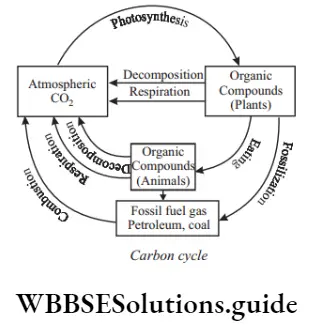
Natural Resources Class 9 NCERT Notes for NEET
Question 1. Animals continuously take in oxygen and give out carbon dioxide. Oxygen is used for burning also. How is that quantity (percentage) not decrease in the atmosphere?
Answer: Plants and animals exchange the gases- oxygen and carbon dioxide with their surroundings all the time. Animals take in oxygen and give off carbon dioxide when they breathe. When green plants make food during the day, they remove carbon dioxide from the air and give oxygen to it. The amounts of oxygen and carbon dioxide in the air are kept more or less the same all the time because of breathing and photosynthesis.
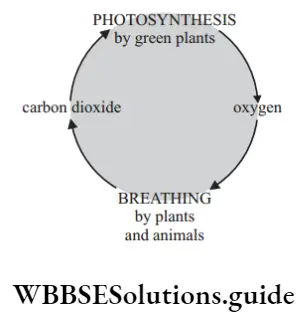
Nitrogen Cycle
- The nitrogen cycle is a cyclic process that involves the conversion of elemental nitrogen of the atmosphere into simple molecules that enter living beings forming complex molecules. Then these complex molecules are broken down to release nitrogen back into the atmosphere.
- Earth’s atmosphere has about 78% of nitrogen gas. It forms essential constituents of all living organisms and is essential for many biological processes. It is present in all amino acids, nucleic acids and vitamins.
Broadly, the nitrogen cycle in the biosphere involves fie main steps:
Atmospheric nitrogen → Nitrogen fixation → Nitrogen assimilation →Ammonifiation → Nitrification → Denitrification
Plants cannot absorb nitrogen directly from the atmosphere. So, how is atmospheric nitrogen then utilized by plants? It is through nitrogen fixation.
- Nitrogen fixation: It is the process of converting atmospheric nitrogen into usable forms like nitrates. It is of three types:
- Biological nitrogen fixation: Certain bacteria and blue-green algae can fi atmospheric nitrogen directly into ammonia that combines with organic acids to form amino acids.
The nitrogen-fixing bacteria can be –- Free-living, like Azotobacter and Clostridium
- Symbiotic bacteria like Rhizobium that occur in the roots nodules of legume roots like peas and beans.
- Atmospheric nitrogen fixation: During lightning and thunder, the high temperature and pressure in the air convert atmospheric nitrogen into oxides of nitrogen that can dissolve in water to produce nitric and nitrous acids. The nitrogen oxide then dissolves in rainwater and passes down as nitrites and nitrates.
- Industrial nitrogen fixation: In this, nitrogen is made to combine with hydrogen under high temperature and pressure to form ammonia. Ammonia is then converted to urea. Urea is less toxic than ammonia.
- Biological nitrogen fixation: Certain bacteria and blue-green algae can fi atmospheric nitrogen directly into ammonia that combines with organic acids to form amino acids.
- Nitrogen assimilation: This process is carried out by plants. Plants cannot absorb nitrogen in its elemental form. It has to be first converted into nitrates for the use of plants by the process of nitrogen fixation. The atmospheric nitrogen after nitrogen fiation gets converted into nitrates which are then absorbed by plants.
- Nitrate first changes into an ammonium state. Ammonium ions combine with organic acids to form amino acids. Amino acids give rise to proteins and nucleotides, which in turn produce nucleic acids.
Animals take organic nitrogen directly or indirectly from plants.
- Nitrate first changes into an ammonium state. Ammonium ions combine with organic acids to form amino acids. Amino acids give rise to proteins and nucleotides, which in turn produce nucleic acids.
- Ammonifiation: It is the process of conversion of complex organic compounds like proteins into ammonia, in the presence of ammonifying bacteria or putrefying bacteria.
- Part of the plant proteins are broken down into nitrogenous animal proteins. In the animal body, the plant proteins are consumed and are broken down into nitrogenous wastes like urea, and ammonia.
- Nitrogenous wastes are then excreted out which are then acted upon by decomposing bacteria for decomposition.
- Proteins → Amino acids → Organic acids + Ammonia
- Nitrification: It is the process of conversion of ammonia into nitrites and nitrates. Nitrification is brought about by nitrifying bacteria such as Nitrosomonas and Nitrobacter.
- Nitrosomonas oxidizes ammonia to nitrite.
2NH 3 + 3O2 → 2NO2– + 2H+ + 2H2O - Nitrobacter oxidizes nitrite further to nitrate.
2NO2– + O2 → 2NO3– + Energy
Nitrates are now available for plant absorption and assimilation.
- Nitrosomonas oxidizes ammonia to nitrite.
- Denitrification: It is the process of conversion of nitrate salts present in the soil and water to gaseous nitrogen which escapes into the atmosphere. It takes place with the help of bacteria called Pseudomonas present in water-logged soils.
Denitrification reduces soil fertility
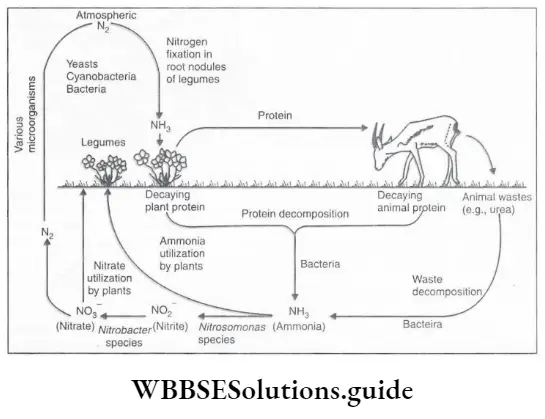
Importance of Air, Water, and Soil in Natural Resources NEET Notes
Oxygen Cycle
- The cyclic flow of oxygen in biosphere between its abiotic (soil, air and water) and biotic (plants and animals) components is called the oxygen cycle.
- Oxygen forms about 21% of the atmospheric gases. About 0.7% of oxygen is found dissolved in water while most of the oxygen occurs in a combined state as oxides of metals, carbonate, sulphate, nitrate and other compounds. Oxygen also occurs in gases like CO2, SO2 and NO2.
The oxygen cycle comprises the following processes:
The common storehouse of oxygen is the atmosphere.
- Respiration: All living organisms like plants, animals and decomposers, take atmospheric oxygen and utilize it for respiration. During respiration, oxygen is used for the oxidation of glucose. Carbon dioxide and water are formed while an enormous amount of energy is released.
Glucose + Oxygen → Carbon dioxide + Water + Energy - Combustion: Burning of fossil fuels in homes, industry and automobiles utilizes oxygen and releases
- CO2 in the atmosphere.
- Atmospheric fixation of nitrogen: In the presence of lightning and other high-energy sources, atmospheric nitrogen combines with atmospheric oxygen to produce nitrogen oxides.
- Decomposition and decay: Oxygen is utilized in the decay and decomposition of dead organisms.
On the contrary, oxygen is returned to the biosphere by the process of photosynthesis. In fact, green plants are a major source of oxygen in the atmosphere. During photosynthesis, plants take in carbon dioxide along with water and release oxygen as a byproduct.
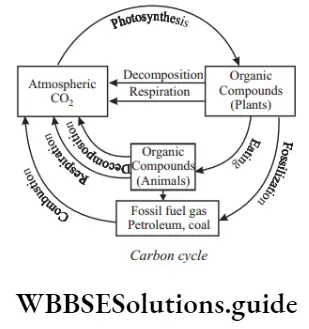
- The part of the atmosphere which is rich in ozone is called the ozone layer or ozonosphere.
- The high-energy ultraviolet radiations split ozone into molecular and atomic oxygen with a large amount of heat. This heat is used in warming the stratosphere. Ozone is reformed as atomic oxygen as ozone is highly reactive.
- Farman et al, in 1985, found that the ozone hole is more prominent over the region of Antarctica.
Ozone Depletion: Ozone depletion is the reduction in the concentration of the ozone layer. It is formed due to an increased concentration of ozone-depleting substances such as chlorofluorocarbons, chlorine, methyl bromide, nitrogen oxides etc. in the atmosphere.
- Chlorine is mainly released from chlorofluorocarbons (CFCs) widely used as refrigerants. The CFCs travel from the troposphere to the stratosphere, where they release chlorine atoms by the action of UV rays on them.
- The release of Chlorine atoms causes the conversion of ozone into molecular oxygen. One atom of chlorine can destroy around 10,000 molecules of ozone and cause ozone depletion.
Effects of ozone hole: The formation of the ozone hole will result in an increased concentration of UV-B radiations on the Earth’s surface. UV-B damages DNA and activates the process of skin ageing. It also causes skin darkening and skin cancer. High levels of UV-B cause corneal cataracts in human beings. It is also harmful to crops and animals.
Water Cycle (Also Known as Hydrological Cycle)
- The water cycle is the cyclic process of water between various components of the biosphere especially the evaporation of water from the sea, falling on land and then flwing back into sea by rivers.
- Water is not evenly distributed throughout the surface of the Earth. A major percentage of the total water on the Earth is chemically bound to rocks and does not cycle. Out of the remaining, nearly 97.3% is in the oceans and 2.1% exists as polar ice caps.
- Thus only 0.6% is present as fresh water (in the form of atmospheric water vapors, ground and soil water). The ice caps and the water deep in the oceans form the reservoir.
There are two overlapping water cycles operating in nature.
- Global water cycle: It does not involve life. It involves three main processes that keep on alternating with each other.
- Evaporation/Vapourisation: It is the process of converting liquid water into a vapour state. Water molecules change into water vapour and move into the atmosphere by the process of evaporation. Water evaporates from water bodies like seas, oceans, rivers and lakes.
- Condensation: The process by which water vapour rises up, cools down in the higher atmosphere, and forms clouds is called condensation. Water vapours being lighter, rise in the air and cool down when the air becomes rarified. Cooling of water vapours produces tiny droplets around dust particles. The condensed water vapours form clouds.
- Precipitation: As condensation proceeds, water vapour changes into water droplets. When enough water droplets accumulate, they fall down as rain. This process is called precipitation. The clouds precipitate to produce rain or snow in very cold areas. Rain is the source of all fresh water.
- Infiltration and runoff: A part of rain falling on land percolates into the soil to replenish soil water and groundwater. The process of rainwater thus entering the soil is known as infiltration. The rest of the rainwater flows over the land surface as runoff.
- When rainwater flows over the surface of land before entering the water bodies, it is called surface runoff. It forms lakes, streams, or ponds.
- Springs and streams give rise to rivers. Rivers ultimately pass water into the sea. The global water cycle is in a steady state as total precipitation is balanced by total evaporation.
- Biological water cycle: It involves the entry of water into living beings and then returning back to the environment.
Underground water acts as a starting point.
Utilisation of water by living organisms:
- Aquatic animals take water from their surroundings.
- Terrestrial plants absorb water from the soil through their roots.
- Terrestrial animals obtain water directly from different water bodies or indirectly from the plants they consume.
Production of water by living organisms:
- Plants lose water to the atmosphere through transpiration in the vapour form.
- Animals lose a lot of water in vapours in their breathing and liquid forms in urine and perspiration.
- Water returns to the atmosphere after the death and decay of plants and animals.
Water vapour results in the formation of clouds; clouds precipitate to produce rain, which then enters the global water cycle. Thus, there is always an exchange of water between the global water cycle and the biological water cycle.
